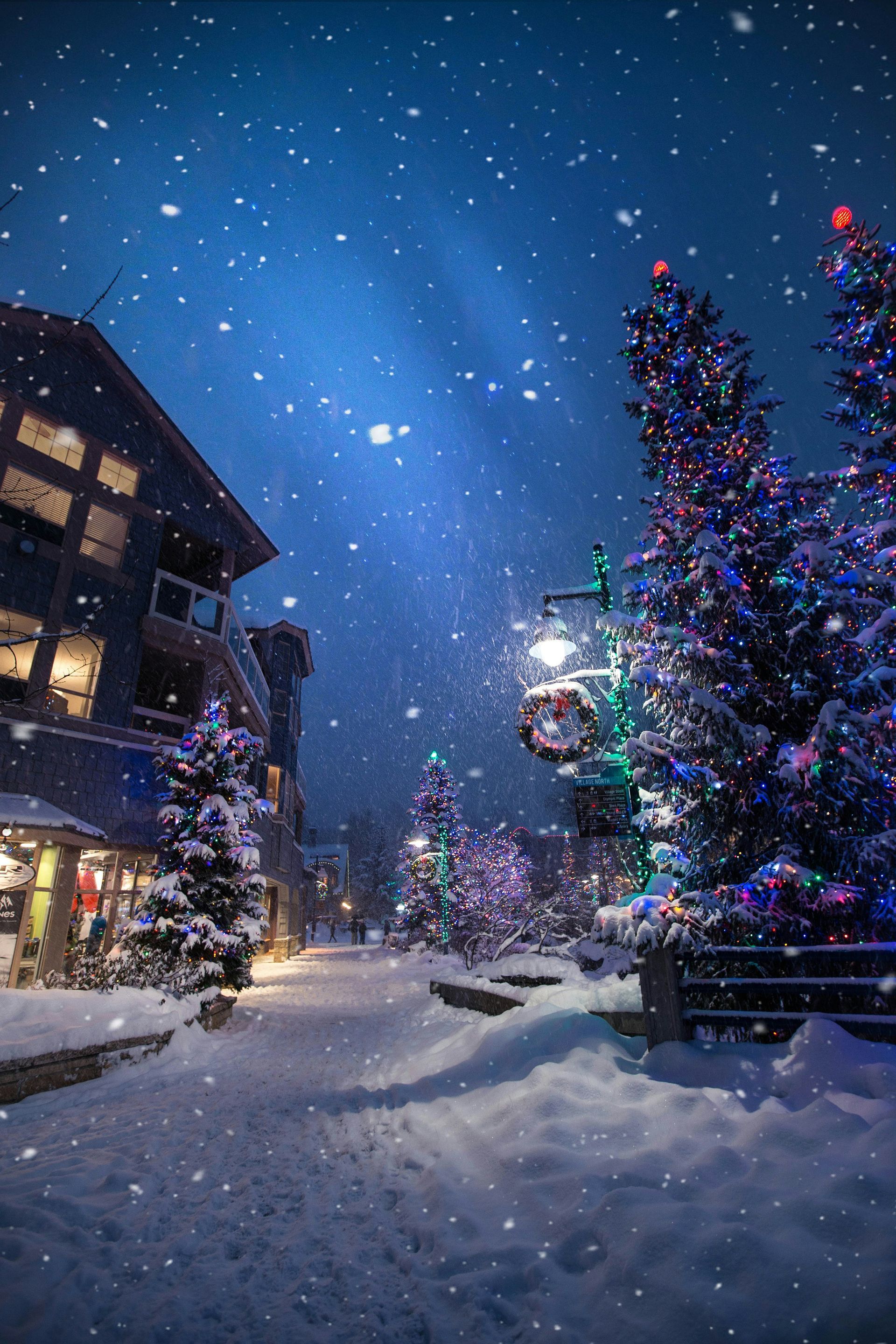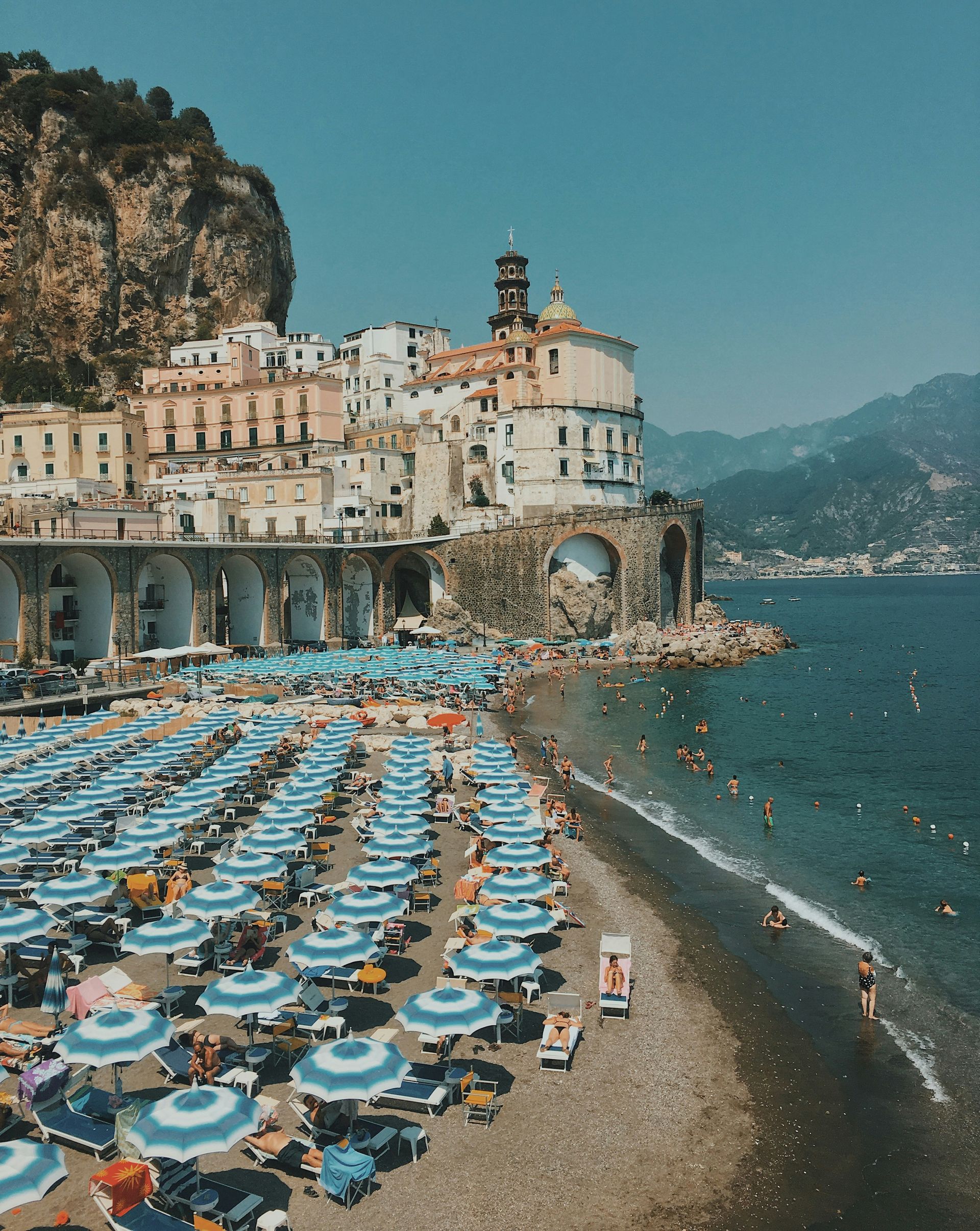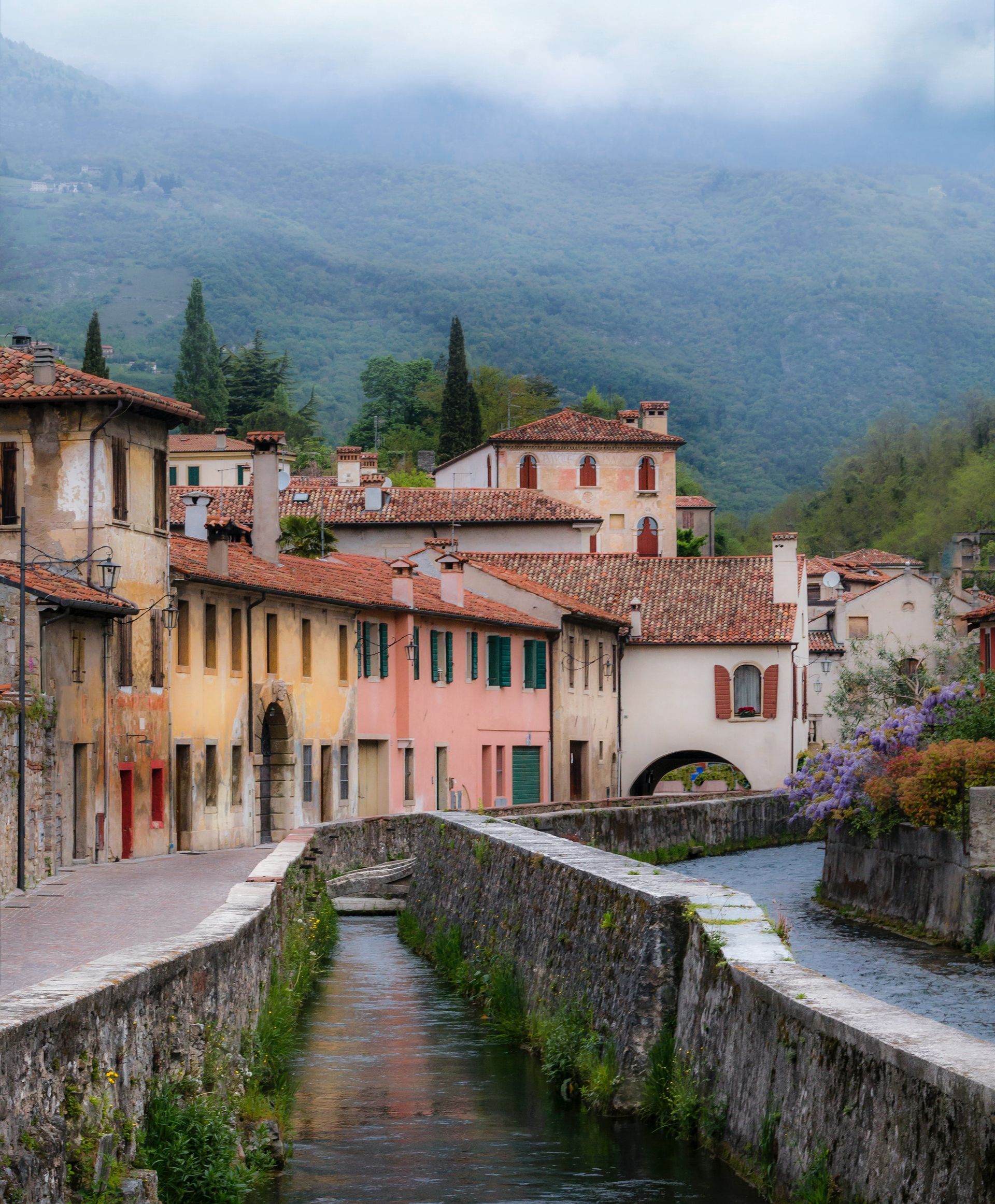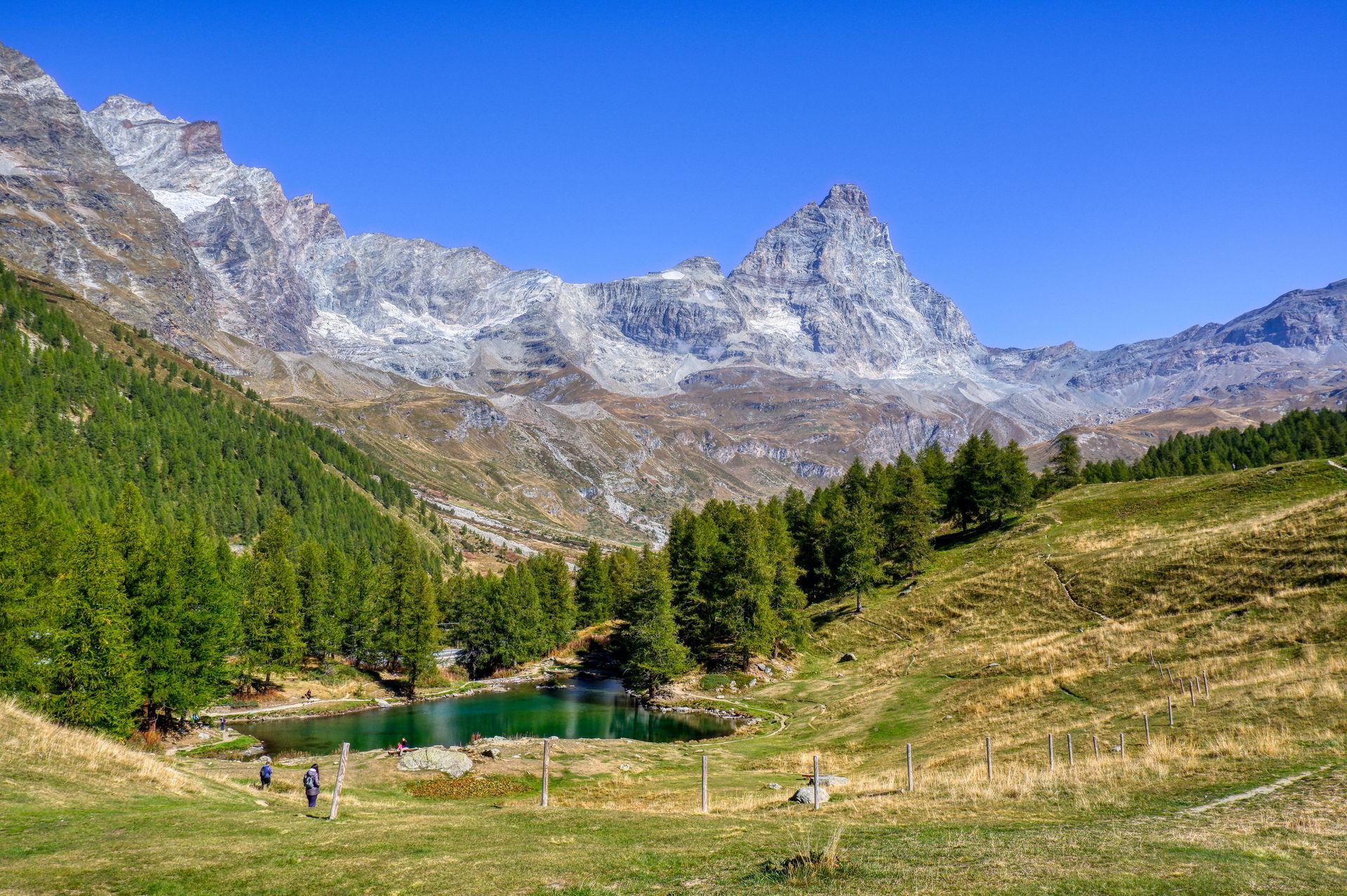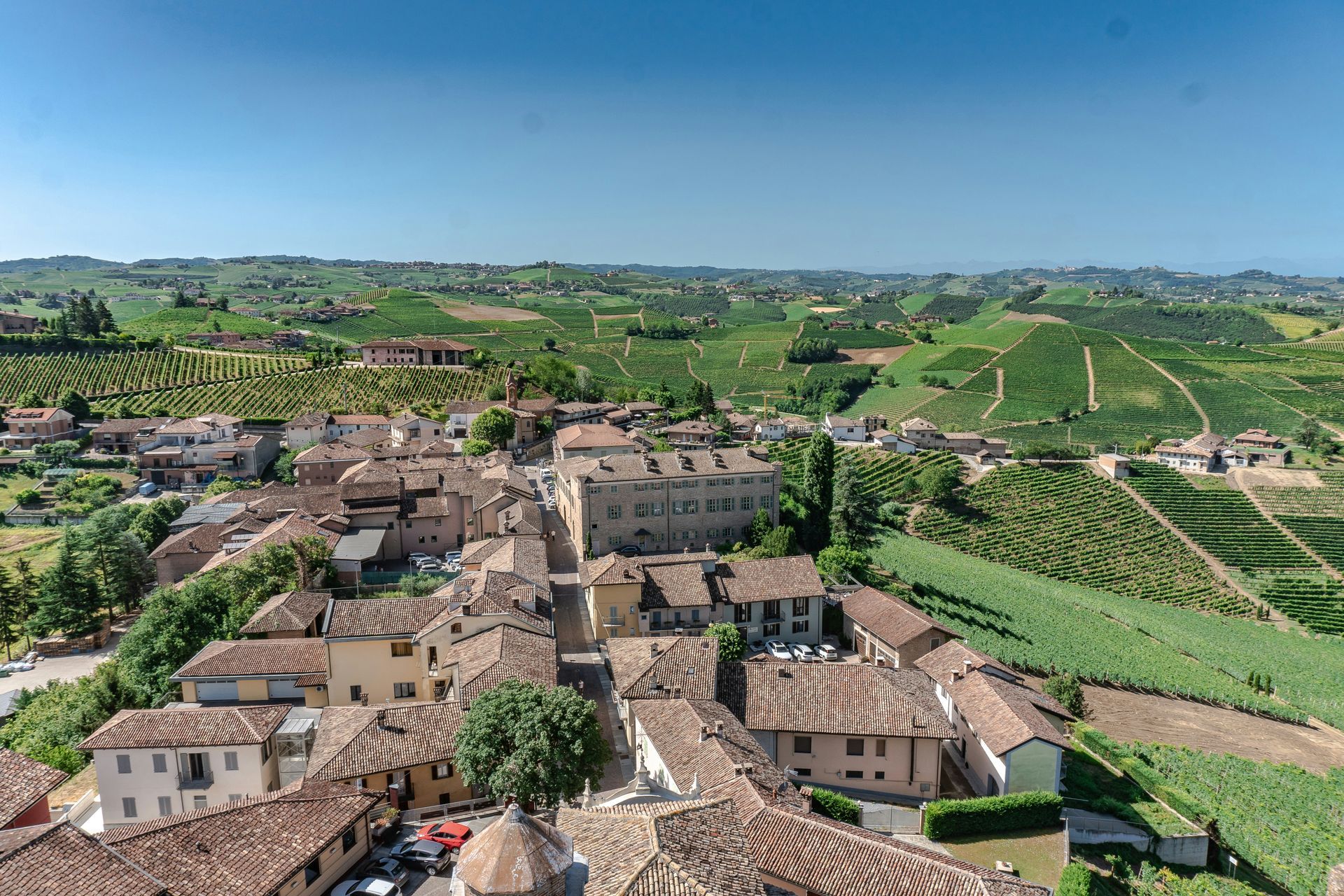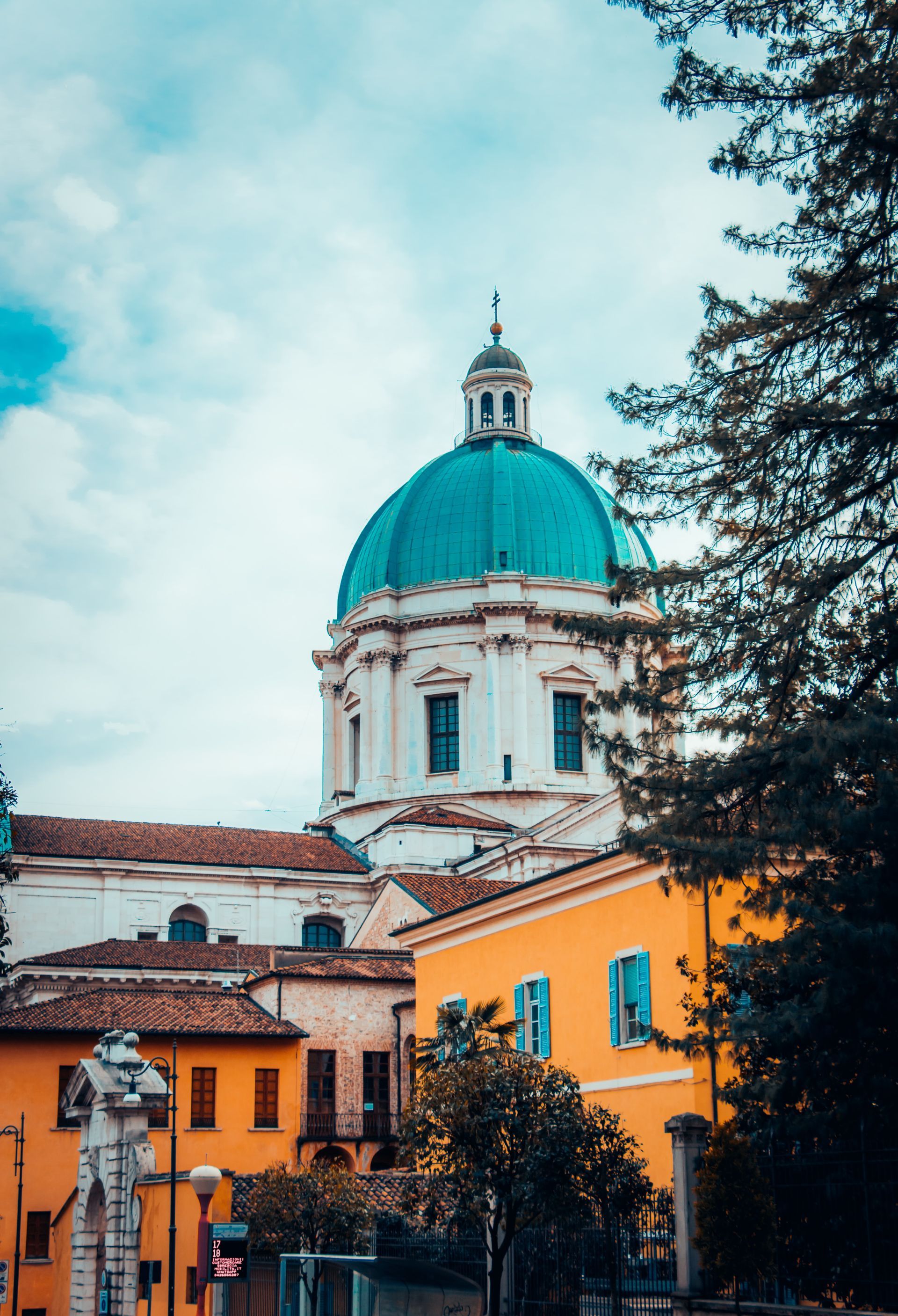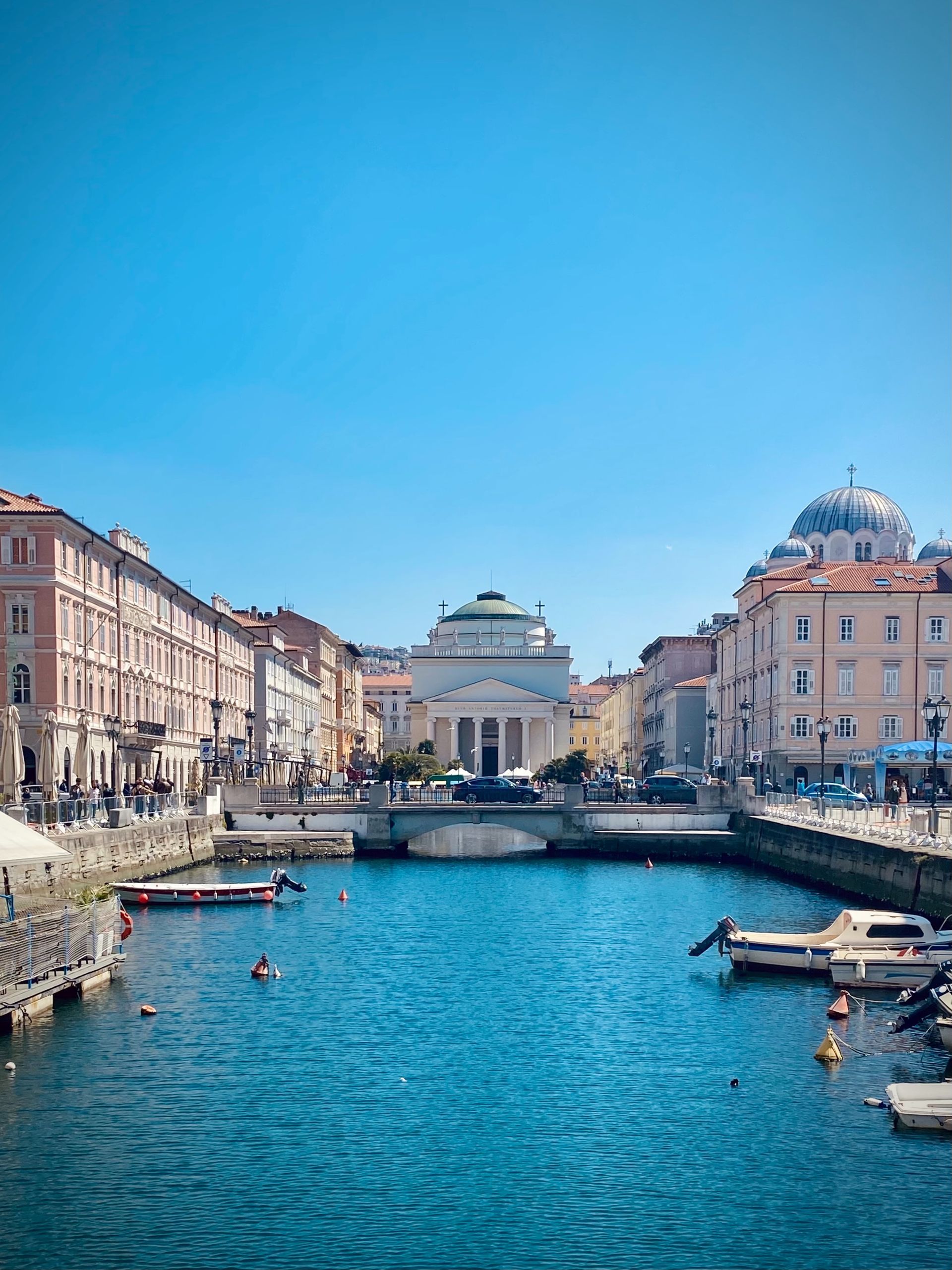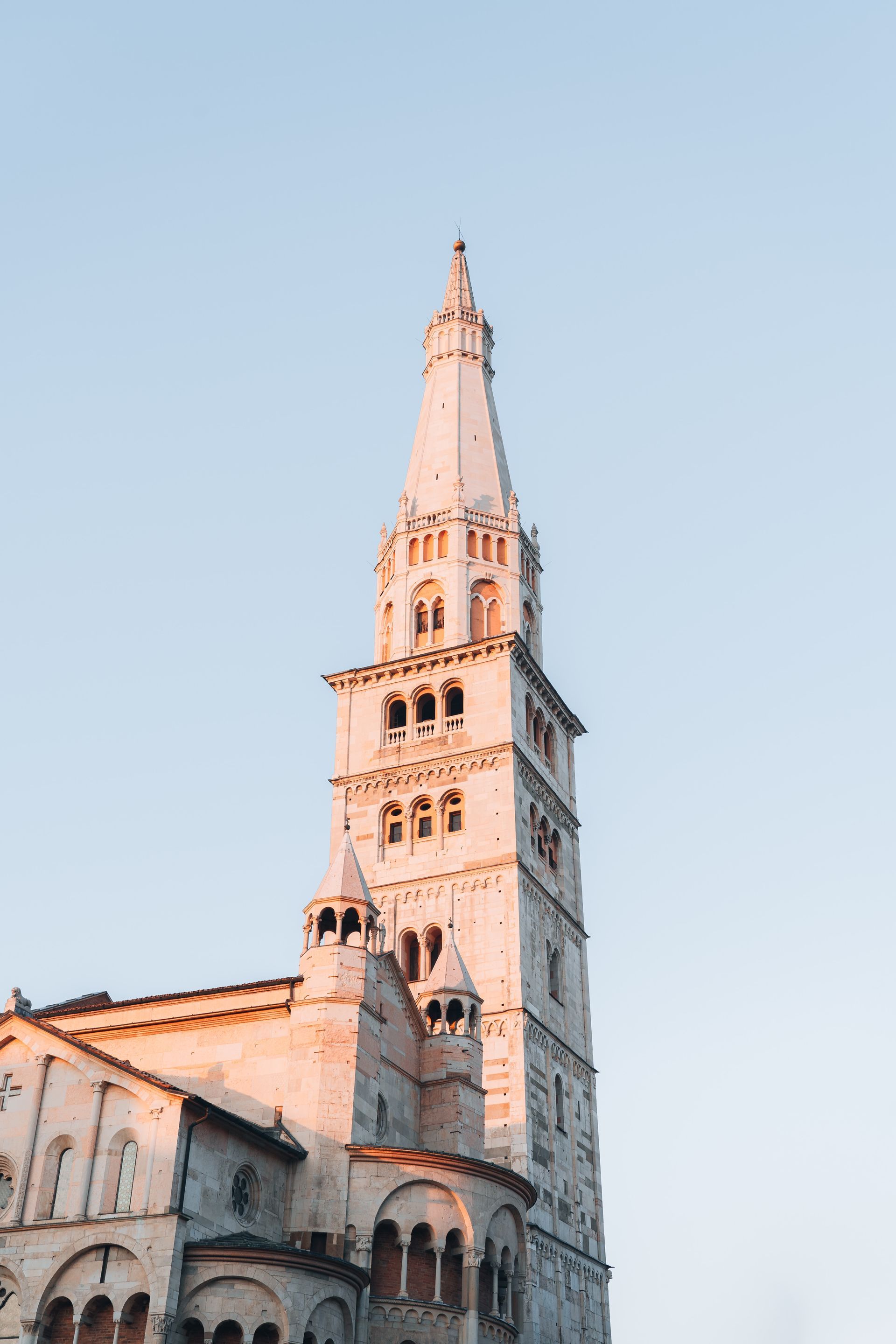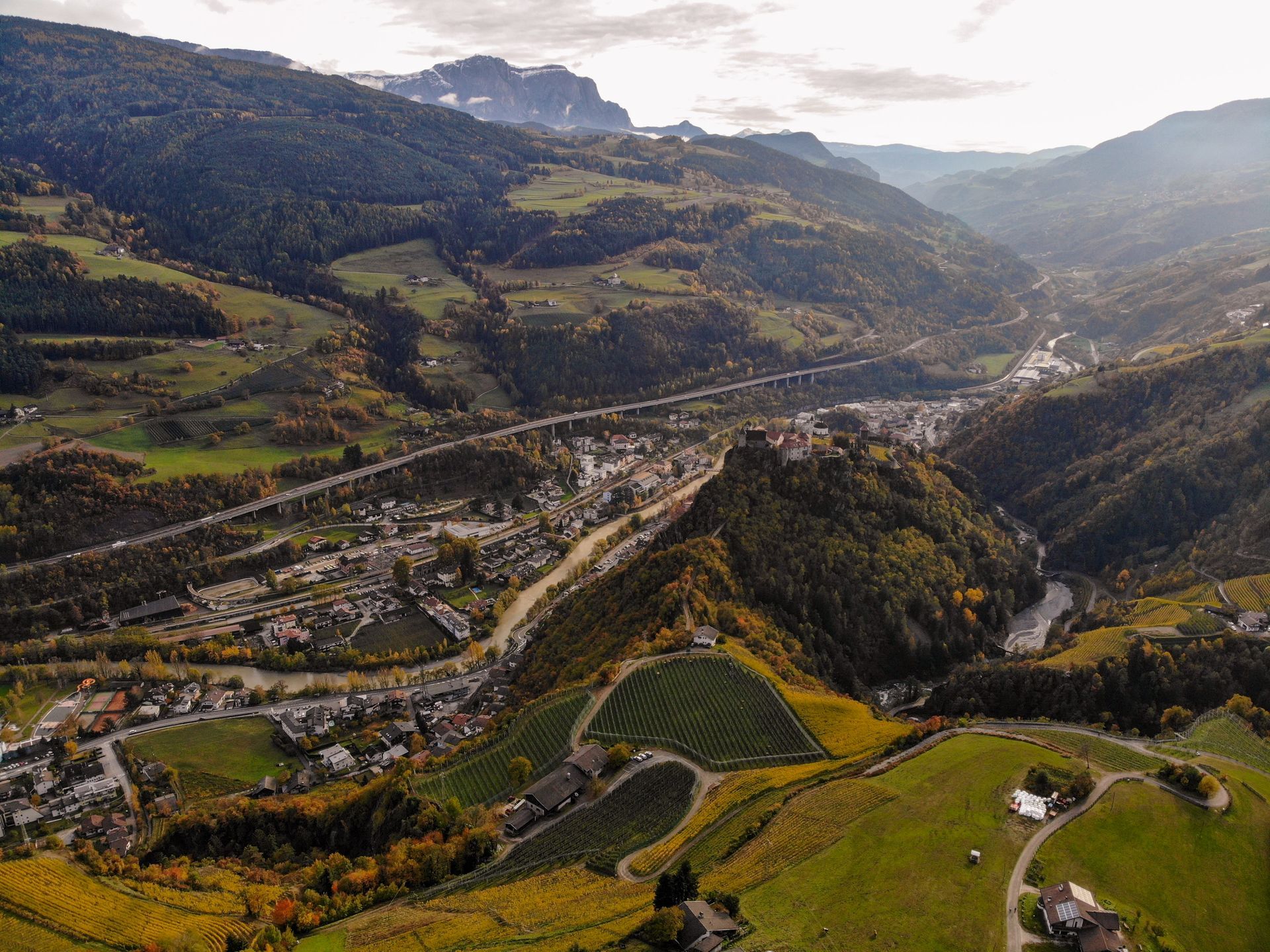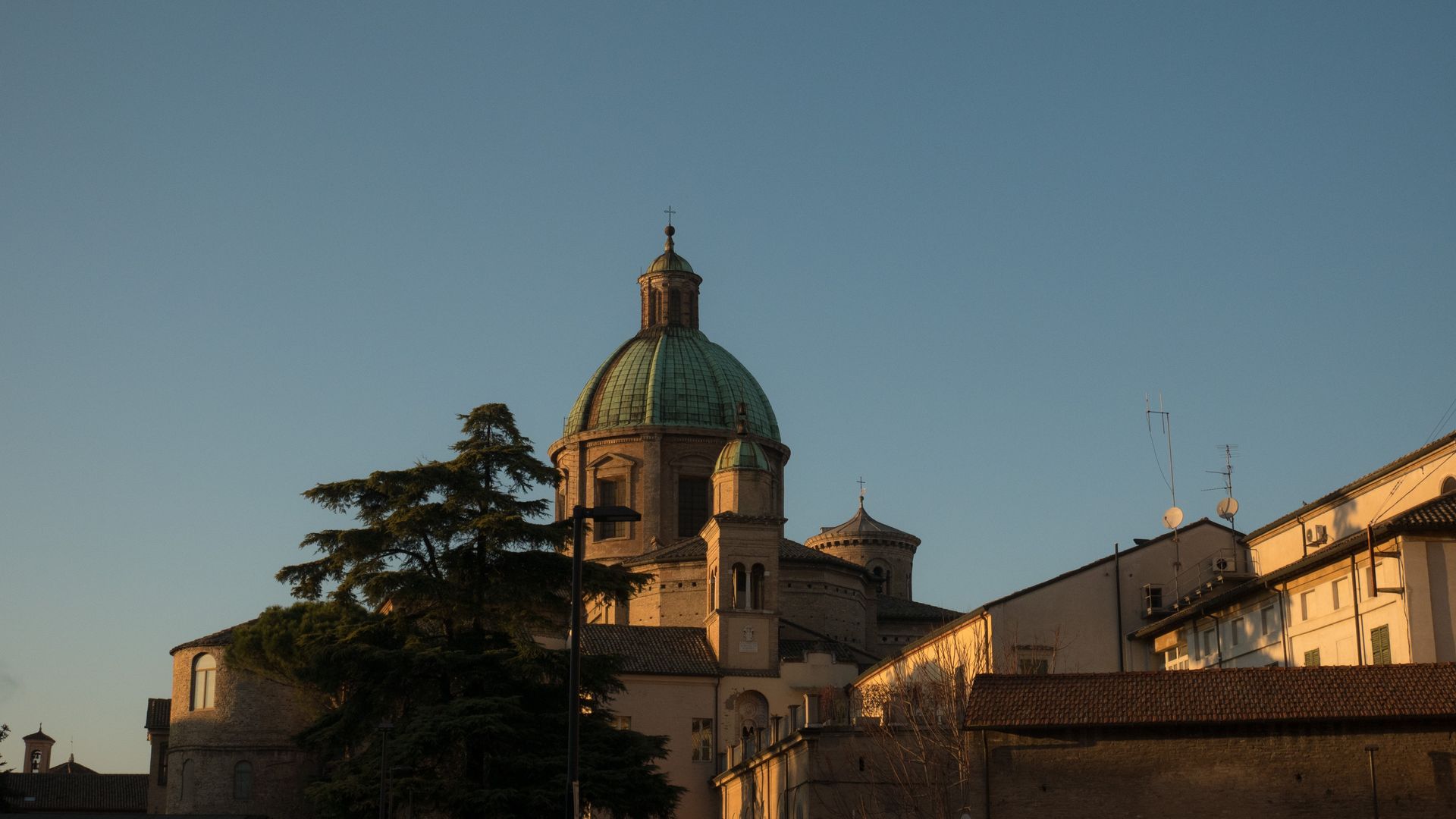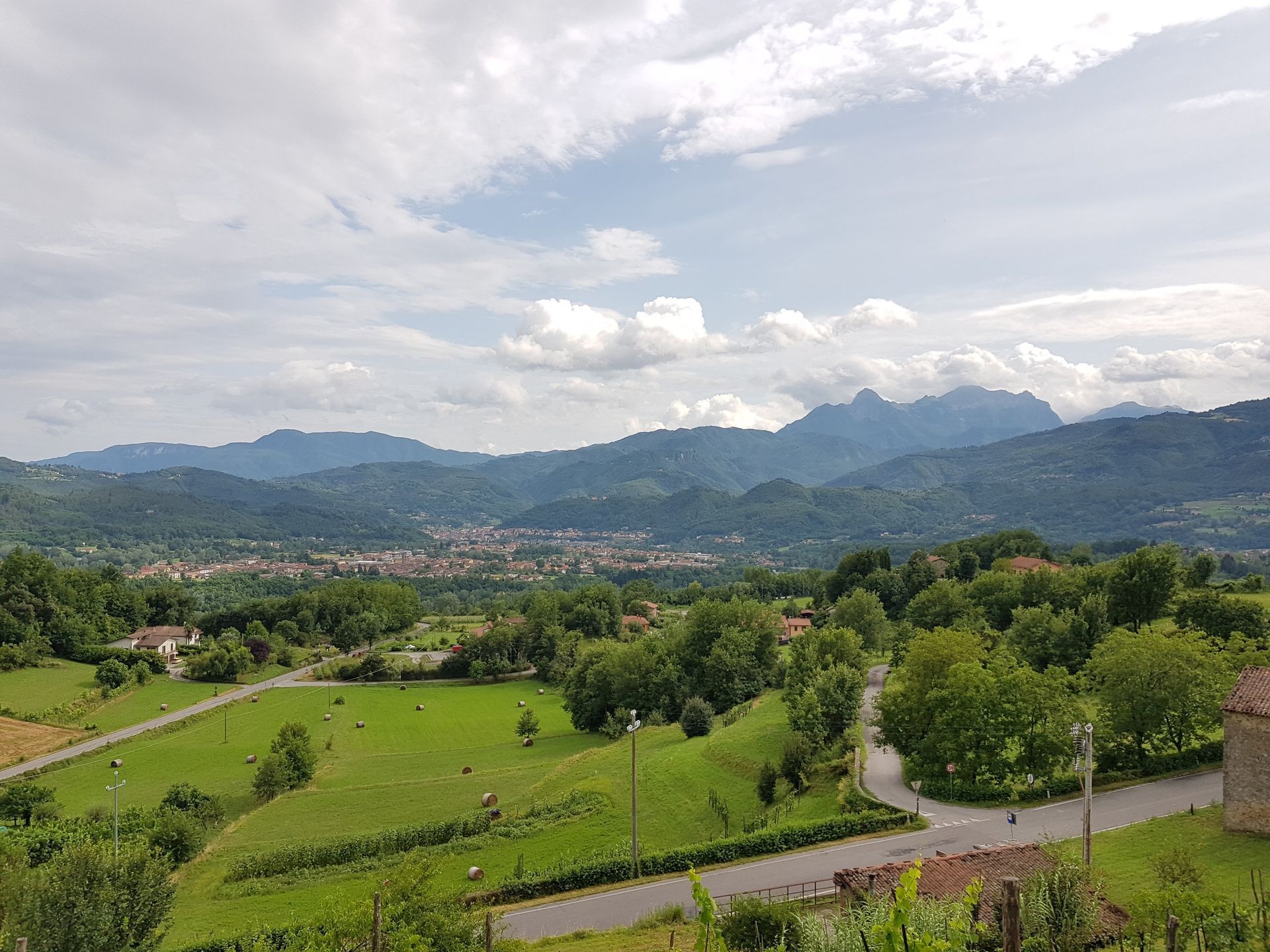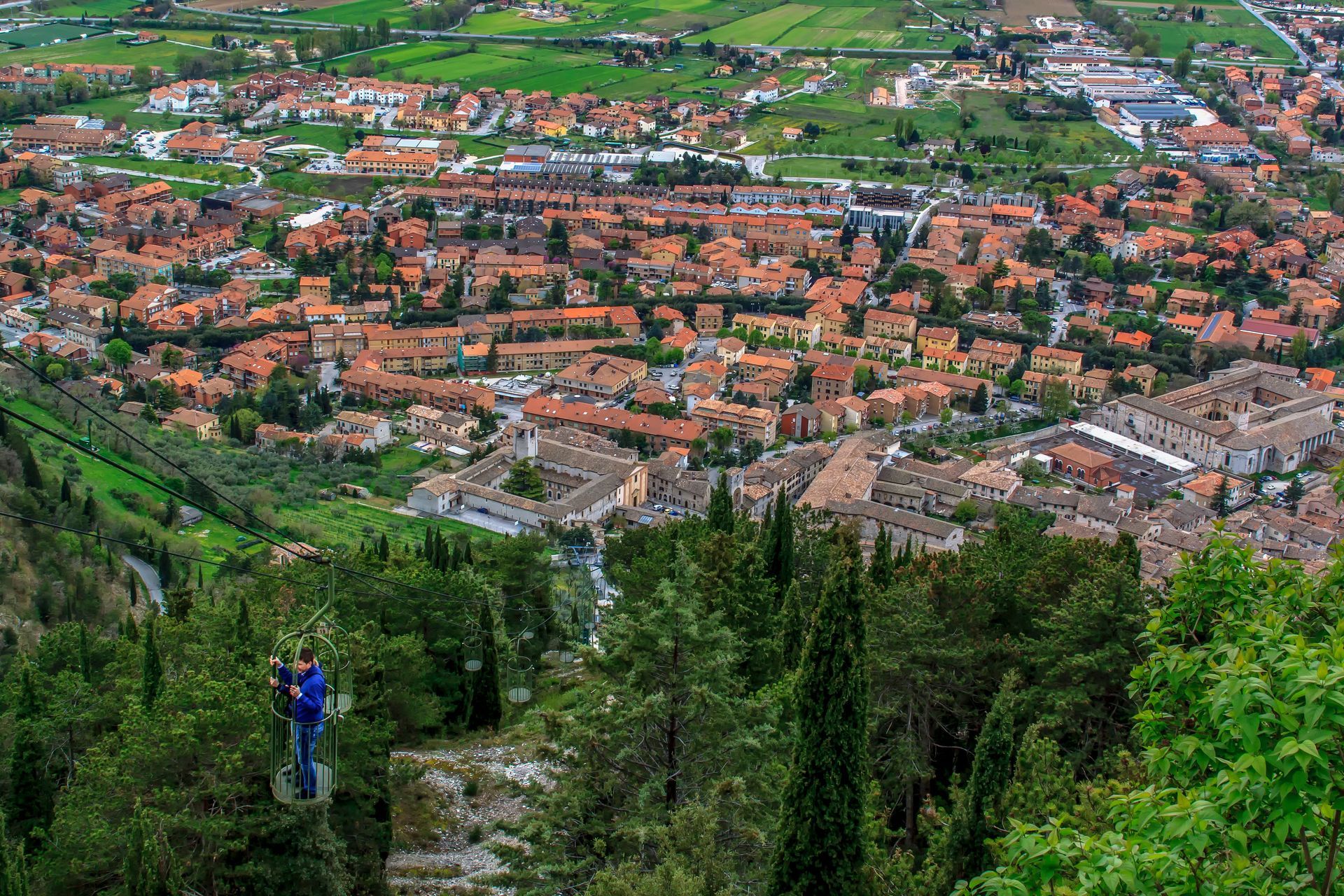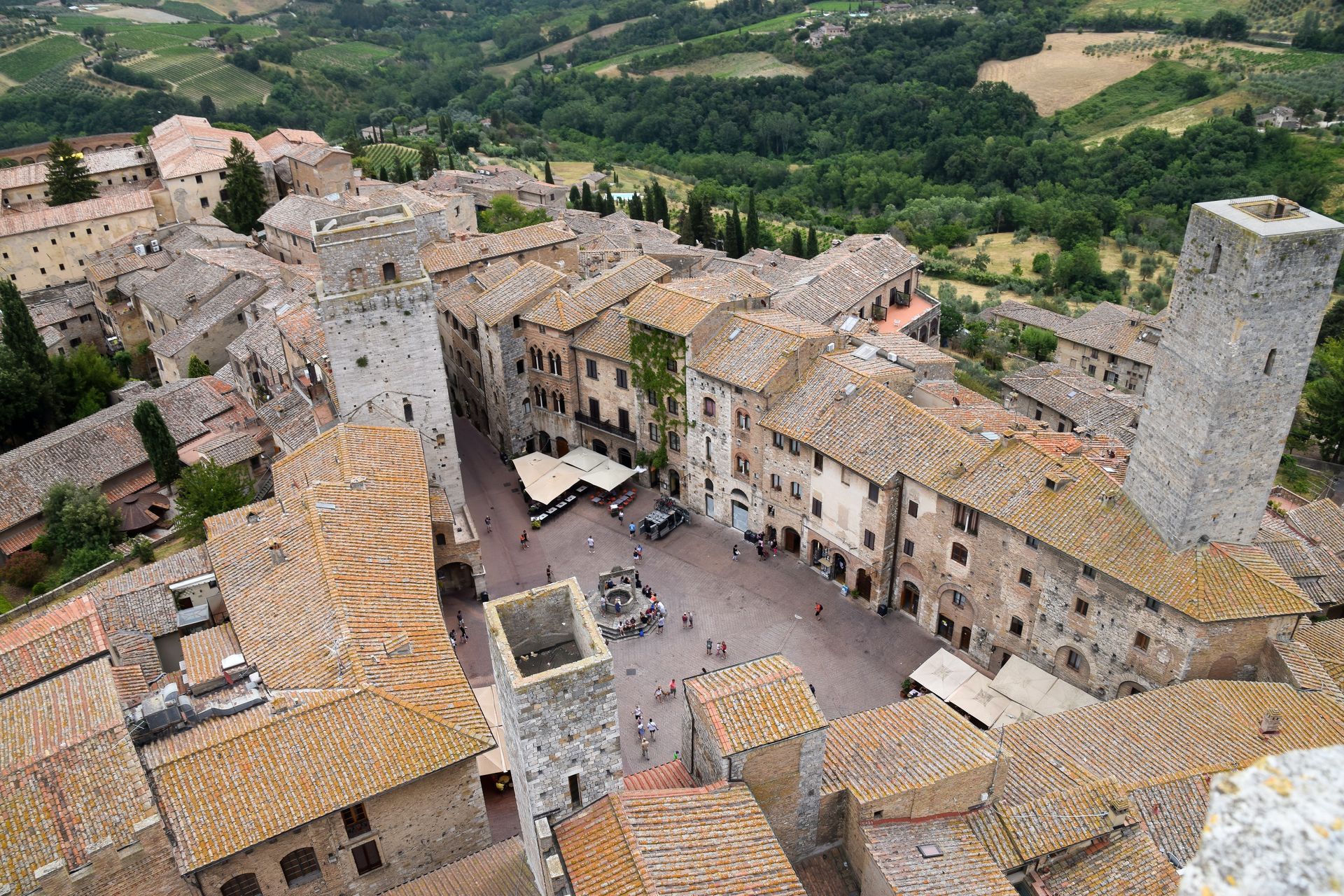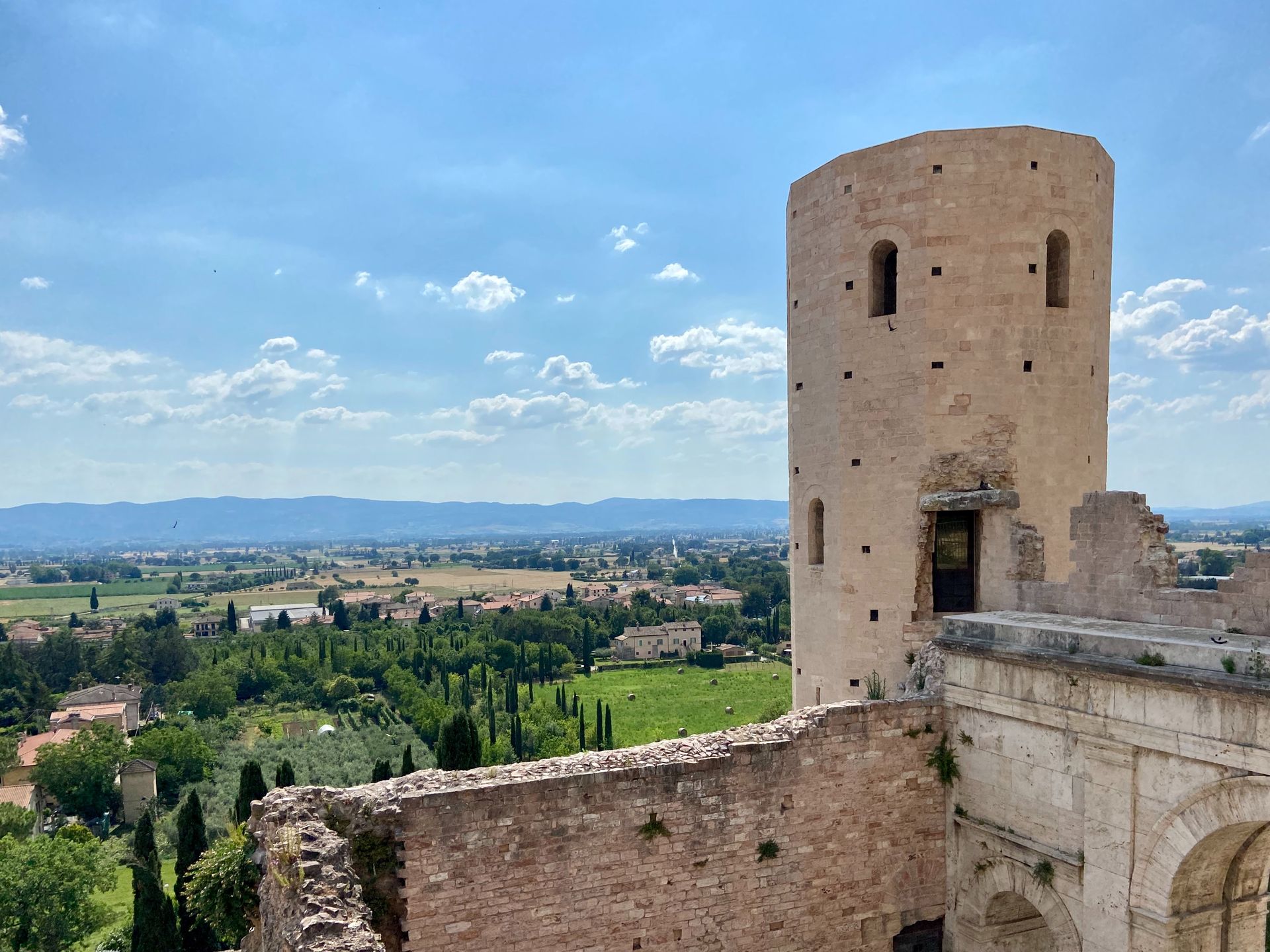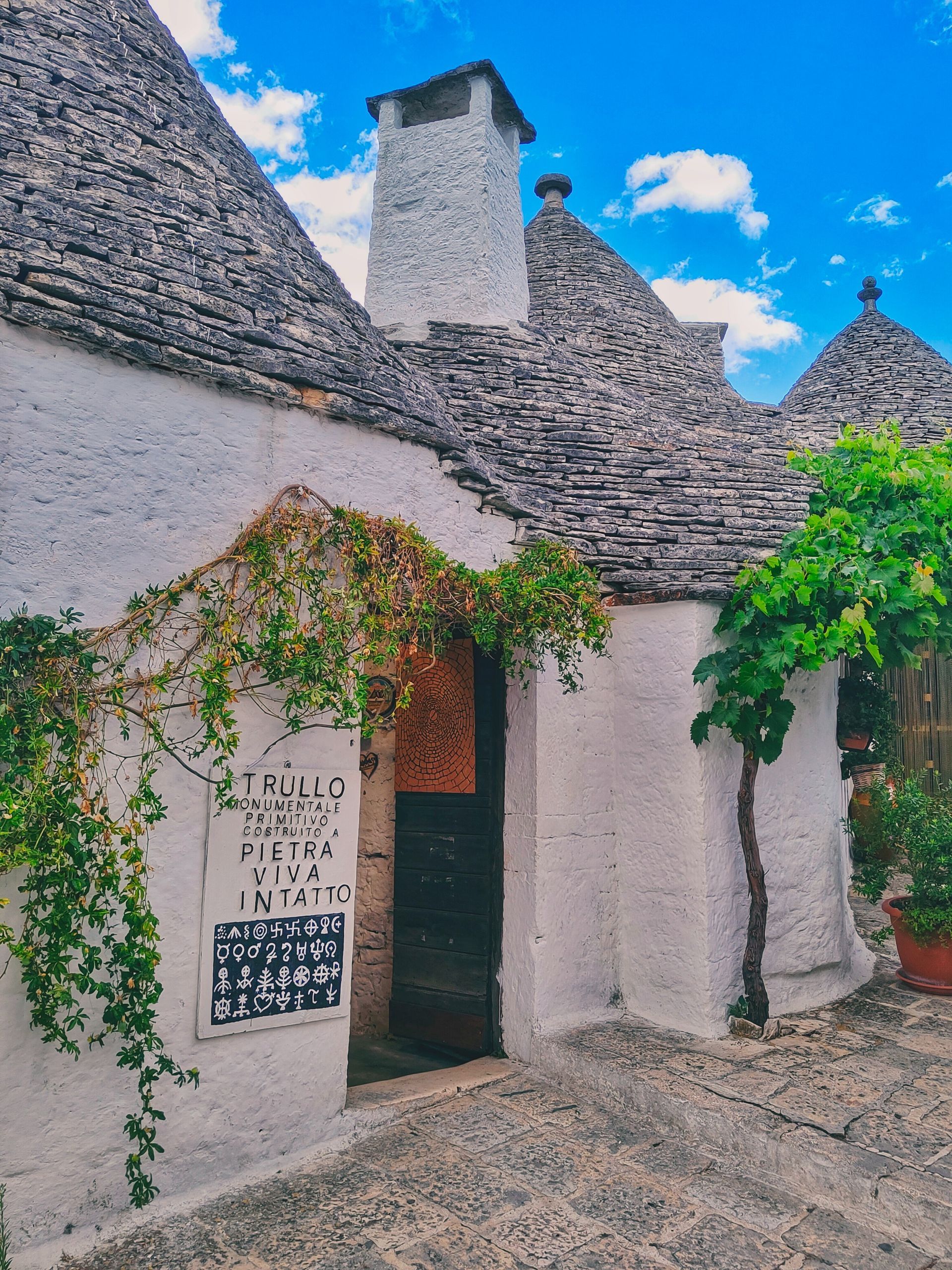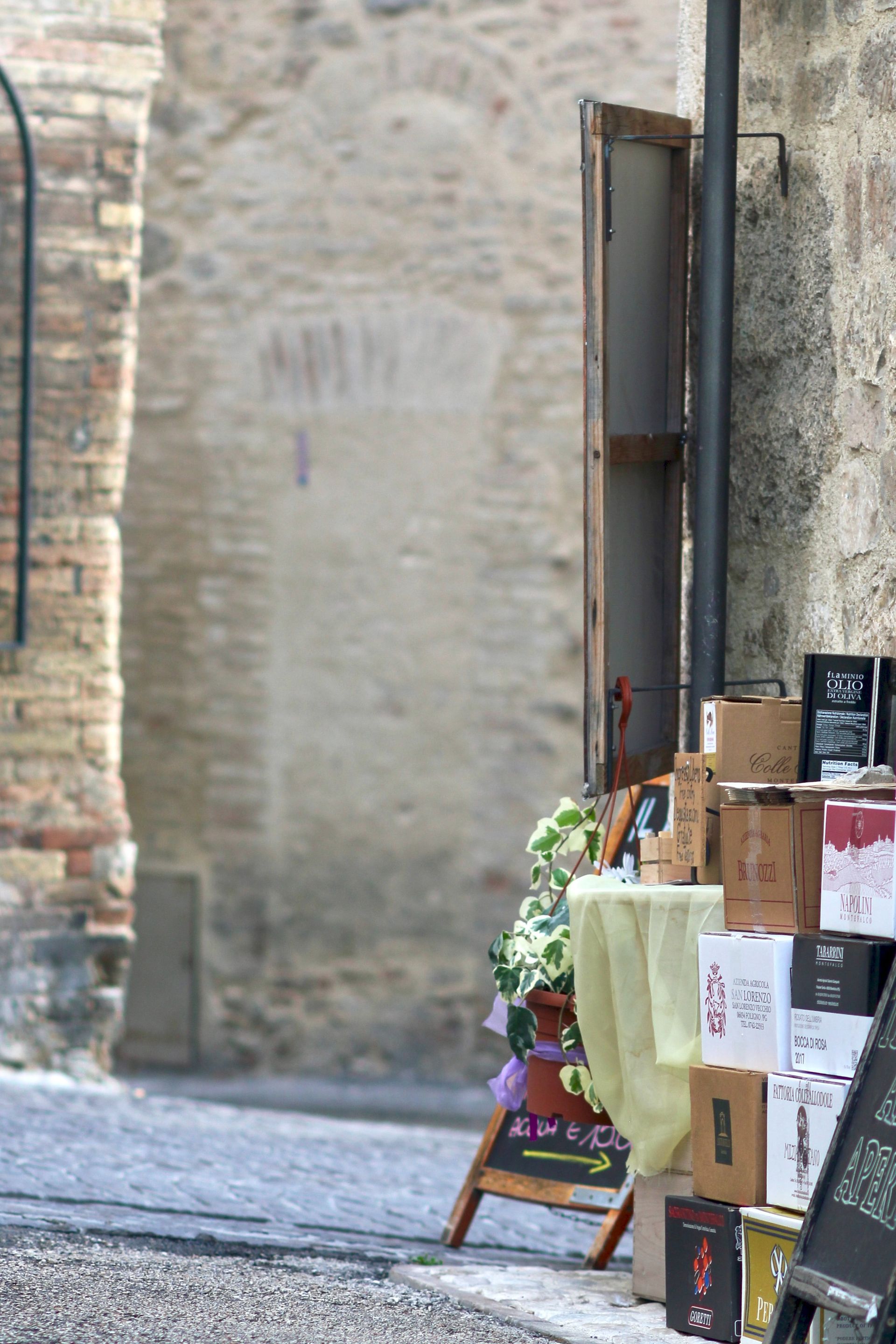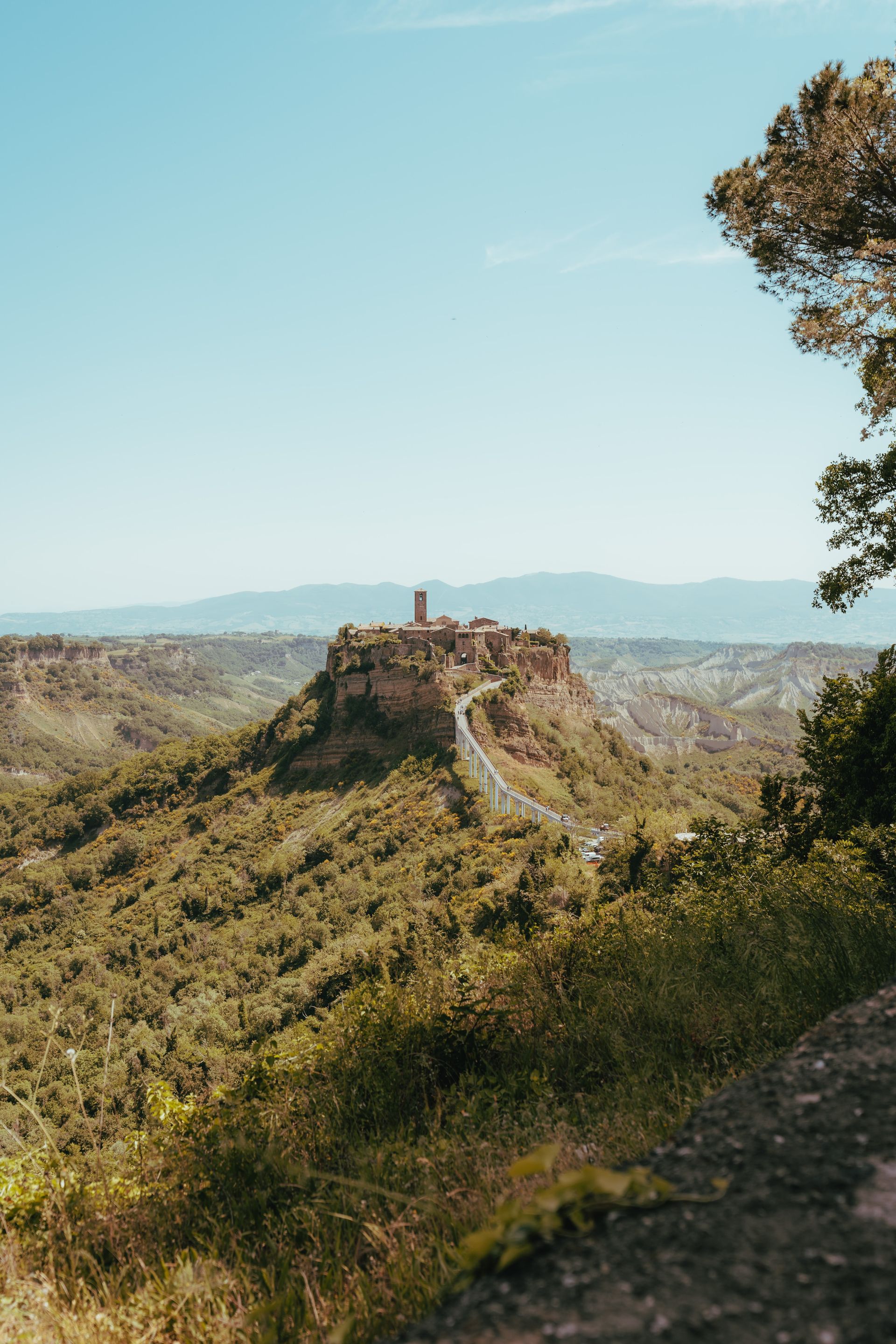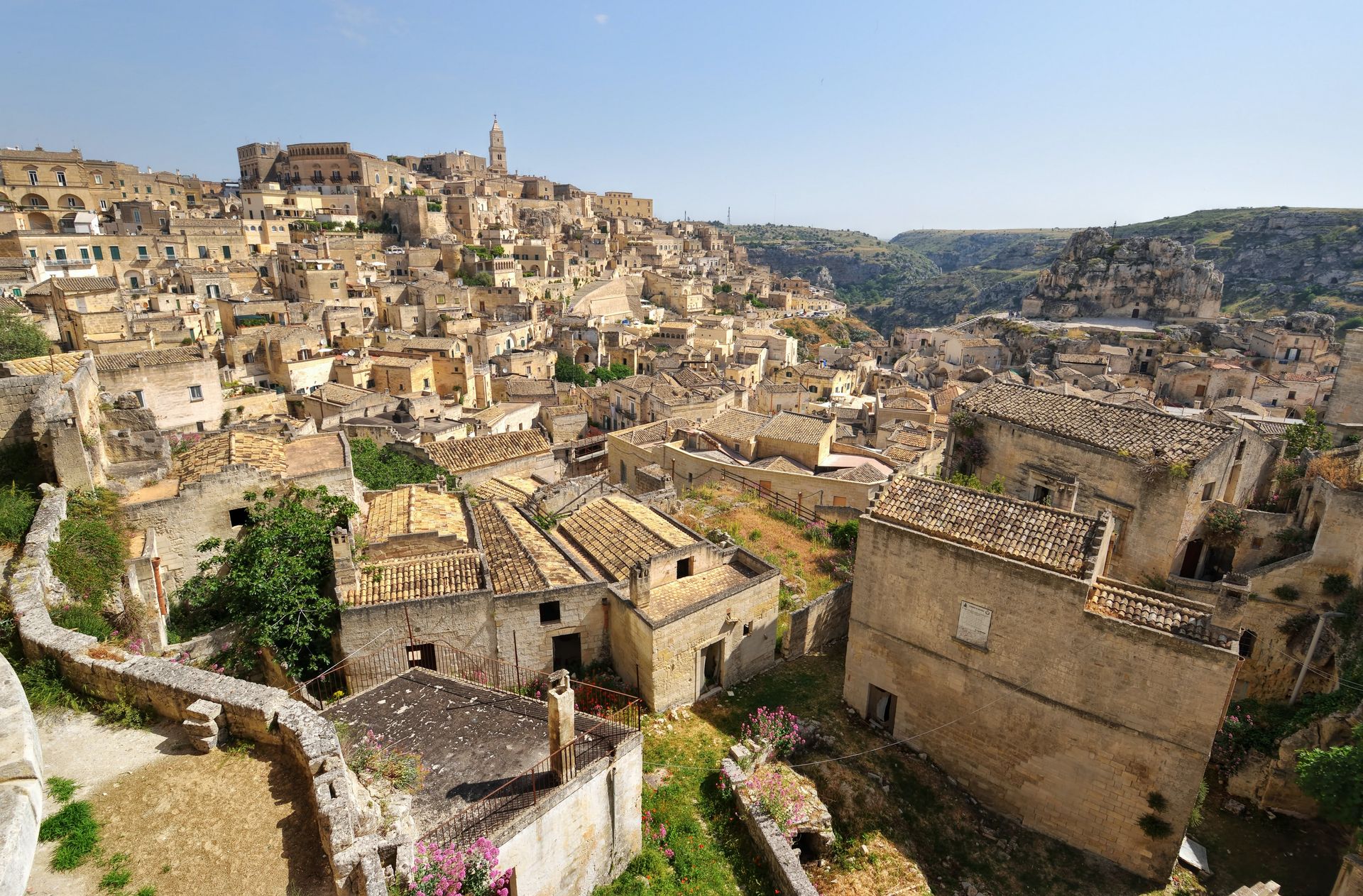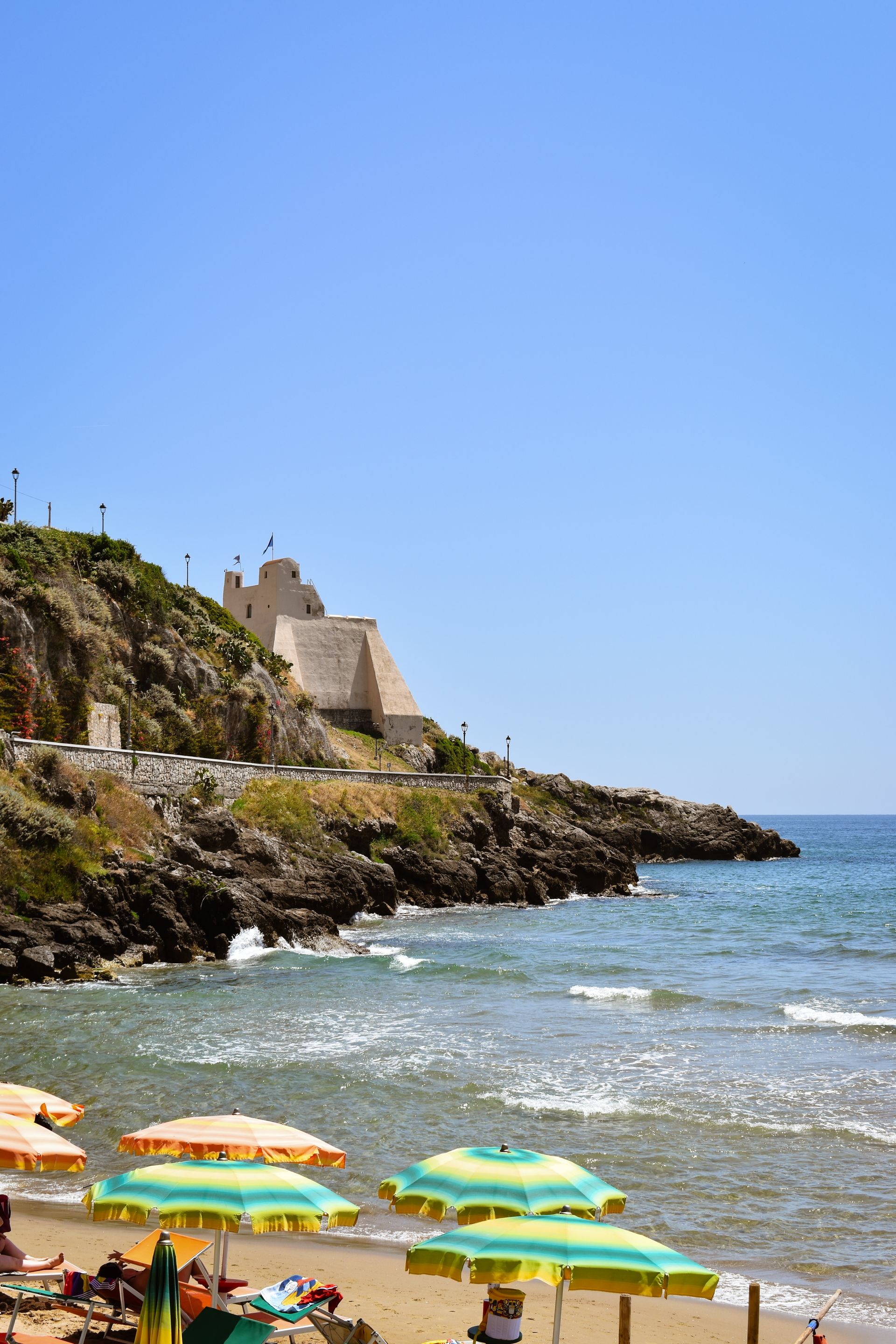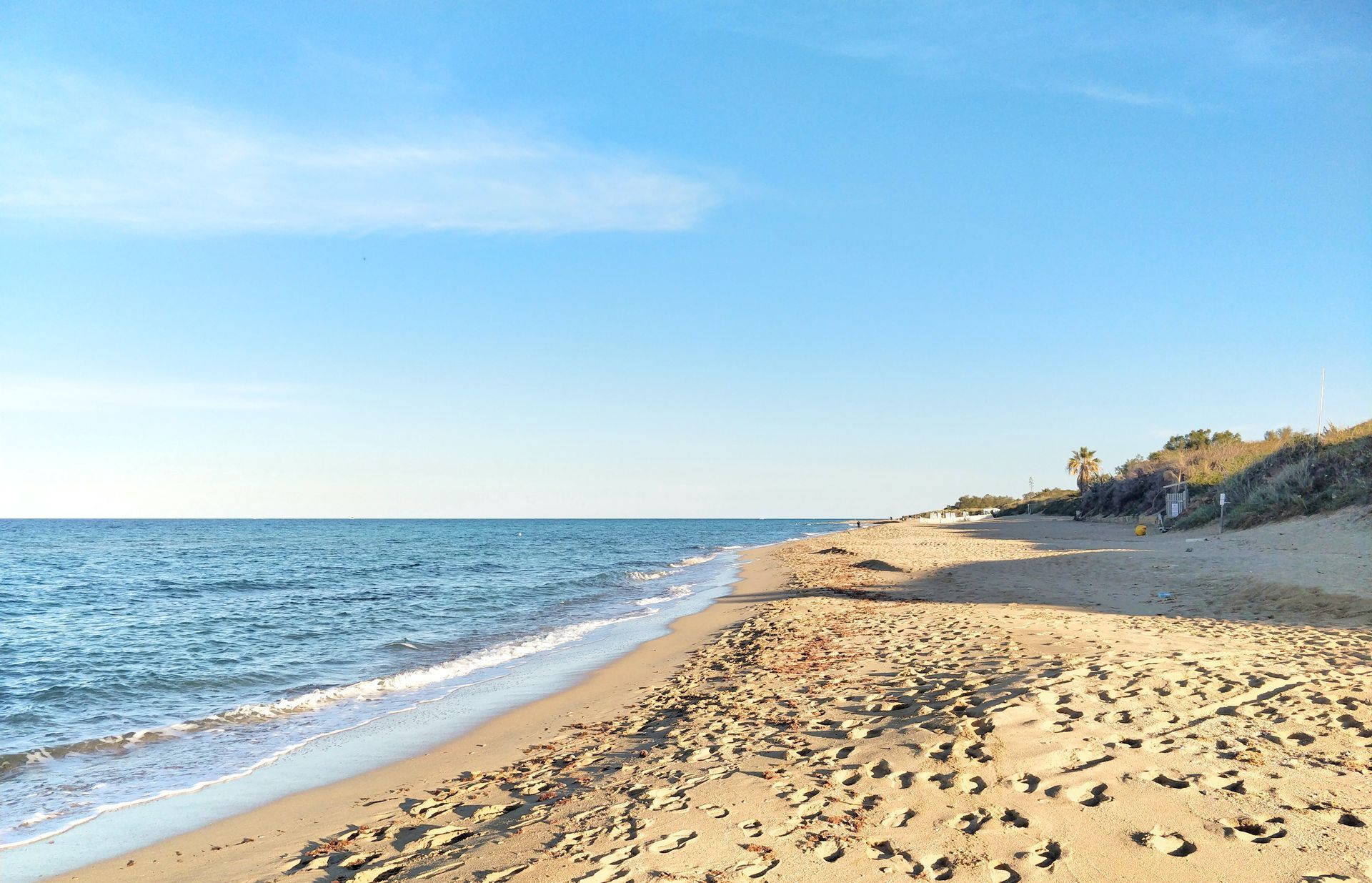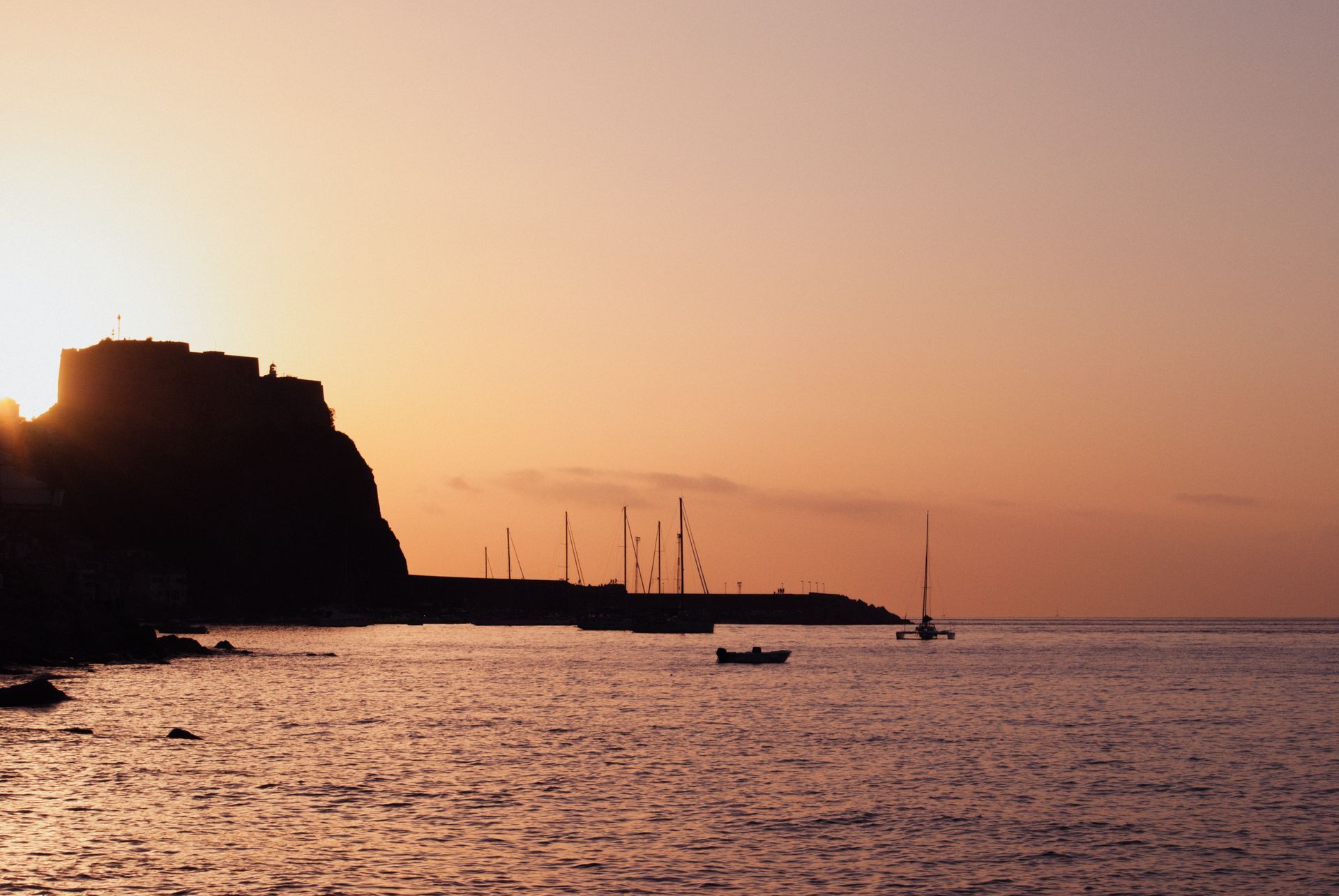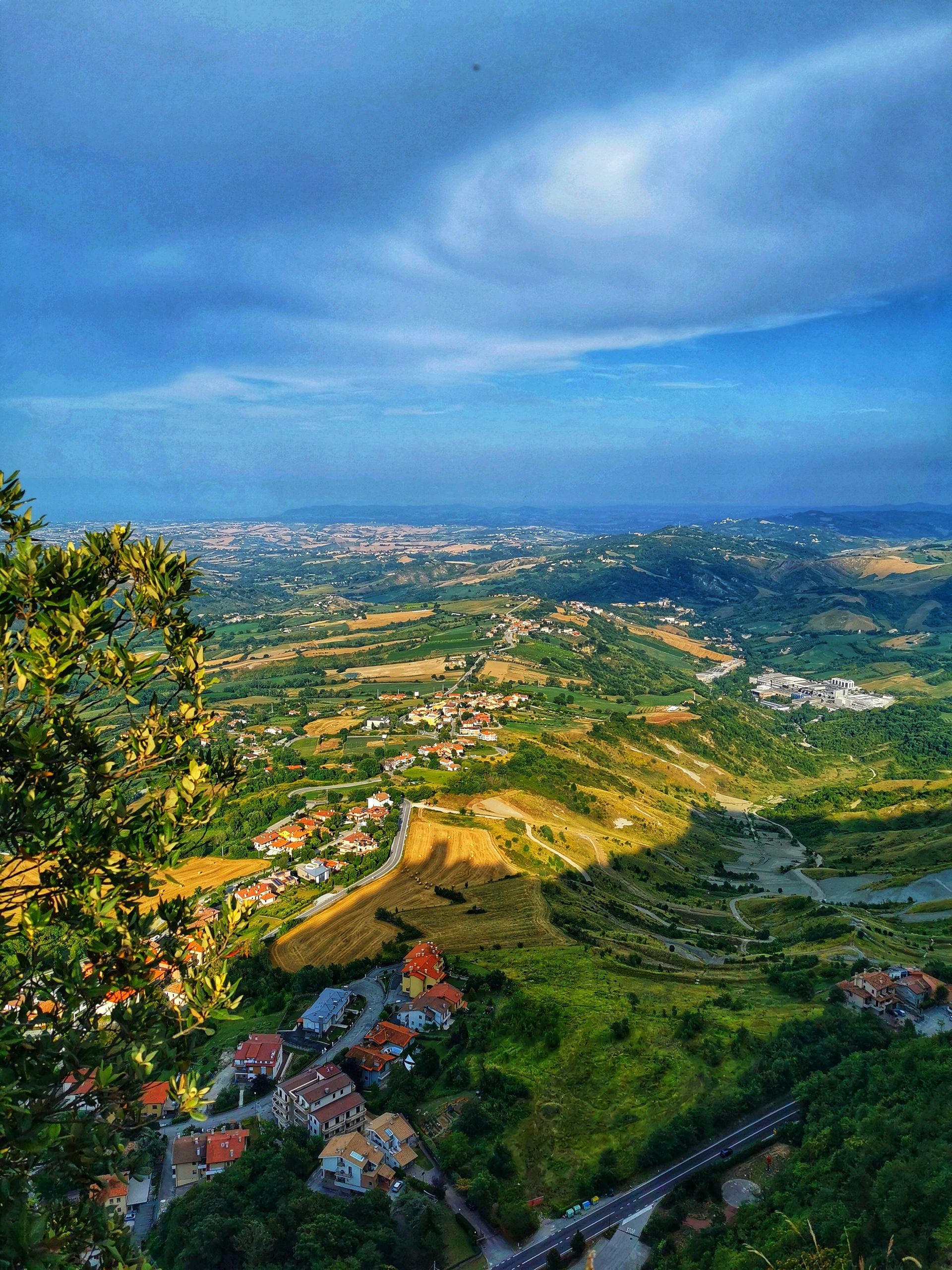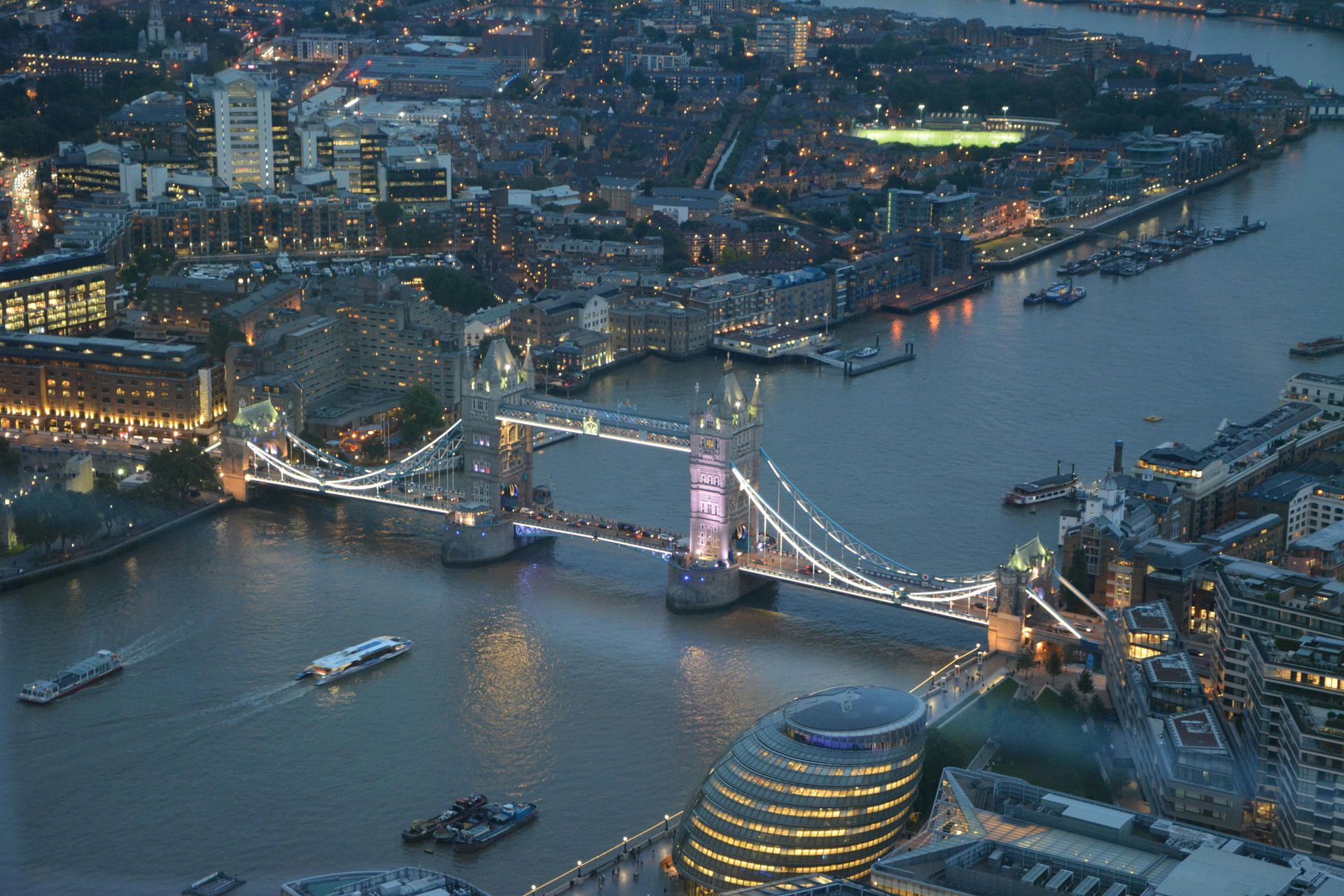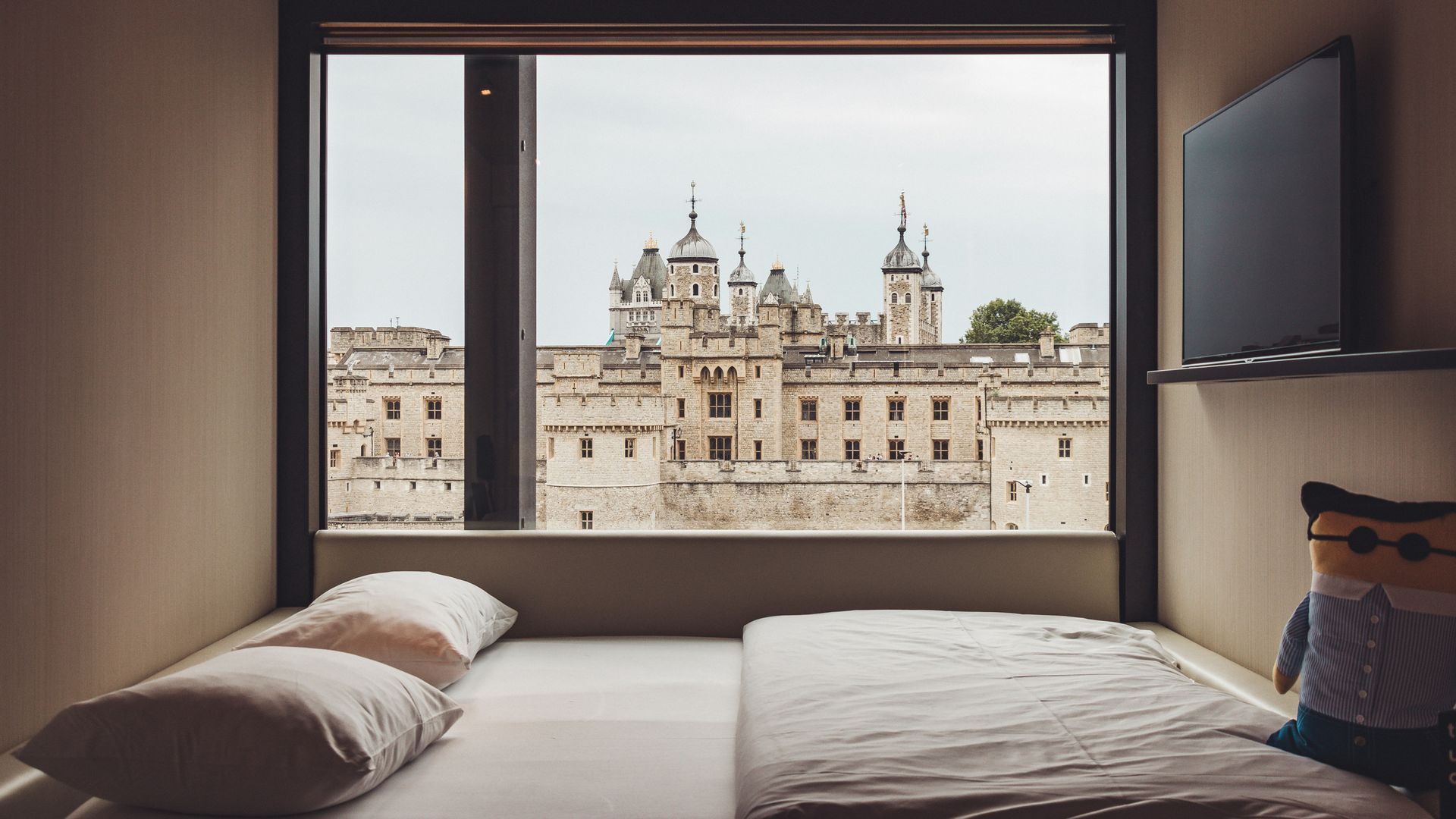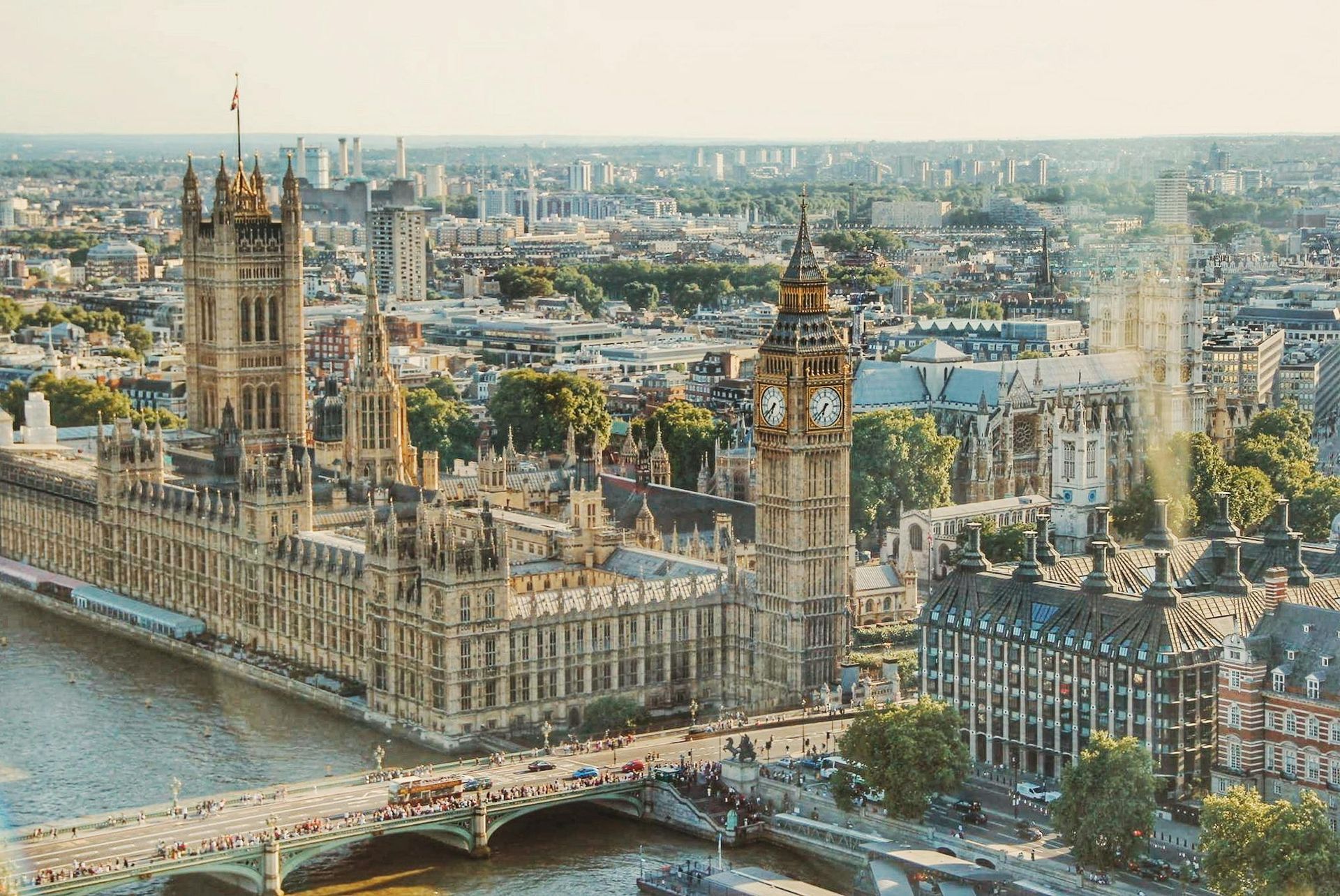Spreading Smile across the globe
Hidden Gems of Northern Italy
Hidden Gems of Italy are a testament to the country's diverse and enchanting beauty, often concealed from the traditional tourist routes. While Italy is celebrated for its iconic cities like Rome, Florence, Venice, and the Amalfi and Cinque Terre coasts, it's the lesser-known destinations that promise a unique journey. These unexplored regions offer travellers a chance to experience Italy's authentic culinary delights, rich historical narratives, and stunning natural landscapes. From the northern reaches to the southern shores, these Hidden Gems of Italy reveal a different facet of this remarkable nation.
Lake Orta - Piedmont
Hidden Gems of Italy come to life at Lake Orta, tucked away near the Swiss border in the heart of Piedmont. This hidden paradise often evades the spotlight compared to its more famous counterparts like Lake Como and Lake Garda. The historic town of Orta San Giulio, with its Baroque and Medieval architecture, cobbled streets, and idyllic Piazza Motta, enchants visitors. The glistening waters of the lake itself invite moments of serenity. What makes Lake Orta truly extraordinary is the mysterious island at its centre—a tranquil sanctuary inhabited by resident nuns.
Treviso - Veneto
Among the Hidden Gems of Italy, Treviso stands as a city in the Veneto region that retains its genuine northern Italian charm. Meandering through its narrow cobbled lanes, picturesque canals, and medieval city walls feels like a step back. Positioned on the fringes of the renowned Prosecco wine region, Treviso provides a delightful excuse for an aperitivo with a glass of Italy's renowned sparkling Prosecco.
Aosta Valley
Nestled among the bordering landscapes of Switzerland and France, the Aosta Valley showcases breathtaking alpine scenery, perched castles, and traditions that thrive throughout the year. When spring and summer arrive, the region's walking trails entice explorers. This season also brings lively festivals that celebrate folk traditions that date back to medieval times. Be sure to savour the local cheese Fontina, a culinary delight that embodies the spirit of this Hidden Gem of Italy.
Alba - Piedmont
Alba, a sought-after destination among Italy's hidden gems, is situated in the vineyards of the Langhe Hills. Once adorned with a hundred towers, Alba exudes a charming rural ambience. It's renowned for its autumn truffle festival, a gastronomic event that captures the essence of the region. Alba is also celebrated for its dark chocolate, hazelnut groves, white truffles, and prestigious wineries. It's from this very region that the sought-after Barolo wine originates.
Camogli - Liguria
Camogli, a typical and vibrant Italian seaside village on the Ligurian Riviera di Levante, perfectly embodies the spirit of the Hidden Gems of Italy. Towering, brightly painted houses dominate the town, and it has become a magnet for visitors seeking pristine beaches, Ligurian cuisine, the rustic fishing marina, Italian culture, and a tranquil natural setting. Camogli has earned its reputation for culinary excellence, focusing on fish and seafood, particularly anchovies and tuna, as well as the iconic pesto sauce made from basil and pine nuts.
Brescia - Lombardy
Hidden Gems of Italy often come alive through history, and Brescia is no exception. In this small city, history unfolds through a tapestry of architectural styles, spanning Roman, Medieval, Renaissance, Baroque, and even Art Deco. Walking through Brescia feels like a journey through time, and a visit to the captivating Piazza della Loggia, framed by a stunning Venetian-style palace at its heart, is a must for history enthusiasts.
Trieste
Trieste is a refreshingly unique destination, an Italian city positioned near the Slovenian border with its dialect that's a delightful blend of Austrian-German, Greek, Croatian, and Italian. Trieste's neoclassical waterfront is a sight to behold, with its marina brimming with stylish, glimmering yachts. The city's offerings include clear blue skies, expansive sandy beaches, city lidos, and the surrounding vineyards. Trieste is a Hidden Gem of Italy that belongs on every traveller's Northern Italian itinerary.
Modena - Emilia-Romagna
Modena is famed for its Hidden Gems of Italy, including balsamic vinegar, Luciano Pavarotti, the Romanesque cathedral, and the nearby Ferrari museum. Beyond these illustrious attractions, Modena reveals a treasure trove of remarkable restaurants. Massimo Bottura's Osteria Francescana has twice earned a place among the world's top 50 eateries, showcasing the culinary excellence of this Hidden Gem. While in Modena, don't miss the chance to savour local specialities like stuffed tortellini and sparkling Lambrusco wine, the perfect complement to your gastronomic journey.
Chiusa / Klausen - South Tyrol
Chiusa, also known as Klausen, is one of Italy's most picturesque villages. It is situated on the banks of the Isarco River in the South Tyrolean region near the Austrian border. Chestnut groves, green fields, vineyards, and farmsteads surround the town. In the village itself, visitors are captivated by narrow alleyways, coats of arms, large bay windows, crenellated facades, and the two main squares.
Ravenna - Emilia-Romagna
Ravenna offers a treasure trove of experiences among the Hidden Gems of Italy. This city is a feast for the senses, with its diverse offerings of food, music, art, culture, history, beaches, wine, and mosaics. Ravenna is home to eight UNESCO-listed sites, making it a must-visit for history and art enthusiasts. It's also known for its two-month-long music festival, Dante Alighieri's tomb, local culinary delights, nearby beach resorts, and the opportunity to explore pinewood forests. The city's fame is derived from its stunning mosaics, dating from the fifth and sixth centuries, scattered throughout the town.
In conclusion, Italy's Hidden Gems invite you to embark on a journey less travelled, where the rich tapestry of history, diverse cuisine, and breathtaking landscapes come to life. These lesser-known destinations provide an authentic Italian experience, away from the bustling crowds, revealing the nation's soul in its purest form. Explore these Hidden Gems to uncover Italy's hidden treasures.
Hidden Gems of Central Italy
Hidden Gems of Italy beckon the adventurous traveller to explore the lesser-known treasures that this remarkable country holds. From the picturesque valleys of Tuscany to the medieval charm of Umbria, the mysterious landscapes of Molise, and the architectural wonders of San Gimignano, these destinations promise unforgettable experiences.
Garfagnana - Tuscany
The Garfagnana region is a hidden gem in the beautiful Tuscan valley north of Lucca. It is crossed by the Serchio River, and the landscape is characterized by fertile greenery, rugged mountains, and charming villages. Outdoor activities such as hiking, walking, and mountain biking are enjoyed by many people in this area. Garfagnana is home to several one-of-a-kind attractions, including a ghost town, a wind cave, and the Devil's Bridge at Borgo a Mozzano.
Gubbio - Umbria
Umbria hides many treasures, and a particular favourite among Hidden Gems of Italy is the Medieval hilltop town of Gubbio. Gubbio, a city with a history dating back over 2,000 years, is a maze of cobbled streets and stone buildings that have been perfectly preserved. Visitors can take a cable car to the summit of Mount Ingino to enjoy panoramic views of the surrounding area. In addition, Gubbio hosts Italy's oldest event, the Corsa dei Ceri, in which teams race through the streets carrying massive wooden candles.
Molise
Molise is Italy's second-smallest region and one of its best-kept secrets. Hidden Gems of Italy are plentiful here. The picturesque town of Agnone is renowned for its artisanal bells, produced by the oldest family-run bell foundry in the world. Meanwhile, Campobasso, the regional capital, boasts a stunning medieval old town. Molise offers a captivating mix of historical charm and natural beauty, with rugged mountains, rolling hills, and pristine beaches along the Adriatic coast.
San Gimignano - Tuscany
Nestled in the heart of Tuscany, San Gimignano boasts medieval architecture and, of course, its famous towers. The town's historic centre is a UNESCO World Heritage site, known for its fourteen stone towers that once symbolised wealth and power. San Gimignano offers a glimpse into medieval Tuscany, with well-preserved streets and squares that transport visitors to another time. Besides the towers, make sure to explore the Collegiate Church and indulge in the local Vernaccia wine, a crisp white wine produced in the region.
Spello - Umbria
Another gem in the heart of Italy, Spello enchants visitors with its winding medieval streets and stunning floral displays. Known as the "Città Infiorata" or "flower town," Spello hosts the Infiorata festival, during which the streets are carpeted with intricate flower petal designs. This event occurs in early June and is a magnificent spectacle. Outside of the festival, Spello's charm continues with its well-preserved historic centre and beautiful churches.
Trulli of Alberobello - Apulia
Apulia, or Puglia, is famous for its unique trulli houses, and Alberobello is the epicentre of this architectural marvel. These whitewashed conical homes are a UNESCO World Heritage Site that offers a glimpse into the region's history. Visitors can even stay in trulli that have been converted into accommodations, providing a truly immersive experience.
Norcia - Umbria
Nestled in the Sibillini Mountains, Norcia is renowned for its gastronomy. This charming town produces exceptional cured meats, particularly prosciutto and salami. For food enthusiasts, Norcia is a true Hidden Gem of Italy. Explore local shops, taste the region's specialities, and visit the beautiful town square. Nature enthusiasts will also find hiking trails and natural beauty in the nearby Monti Sibillini National Park.
Montefalco - Umbria
Montefalco is often called the "Balcony of Umbria" for its stunning views over the surrounding valley. This charming town is also known for its wine, particularly Sagrantino, one of Italy's most robust red wines. Montefalco's medieval centre is picturesque and hosts several churches with remarkable frescoes, making it a cultural and gastronomic gem.
Castelluccio di Norcia - Umbria
High in the Sibillini Mountains, Castelluccio di Norcia is a quaint village known for its stunning wildflower blooms in late spring and early summer. The surrounding plateau becomes a colourful tapestry, attracting photographers and nature enthusiasts. Besides the flowers, visitors can enjoy hiking and take in the breathtaking scenery. Hidden Gems of Italy like Castelluccio di Norcia provide a unique connection to nature and the changing seasons.
In the heart of Italy, a treasury of Hidden Gems awaits the intrepid traveller. From the mysterious ghost town of Garfagnana to the ancient charms of Gubbio, the enchanting landscapes of Molise, and the medieval splendours of San Gimignano, these lesser-known destinations reveal Italy's diverse beauty and rich history. Journey through the tranquil streets of Spello, marvel at the unique trulli houses in Alberobello, savour the culinary delights of Norcia, and bask in the vibrant blooms of Castelluccio di Norcia. These Hidden Gems of Italy promise an unforgettable adventure in a land of timeless wonder.
Hidden Gems of Southern Italy
Italy, a land of rich history, captivating art, and exquisite cuisine, is known for its iconic cities and world-famous landmarks. Despite the tourist-filled streets and crowded piazzas, the country holds many hidden gems—lesser-known destinations that offer a more intimate and authentic experience. These places, tucked away in various corners of Italy, are a testament to the nation's diverse and enchanting beauty, waiting to be explored by the discerning traveller. From medieval towns perched atop hills to charming coastal villages and ancient archaeological sites, the Hidden Gems of Italy promise unique adventures and unforgettable memories.
Civita di Bagnoregio - Lazio
Civita di Bagnoregio is often called the "Dying Town" because of its gradual erosion over the centuries. This medieval village is perched on a hilltop and can only be reached by a long footbridge. It's a unique destination, seemingly suspended in time, and is the perfect Hidden Gem for history buffs and photographers.
Matera - Basilicata
Matera, known for its cave dwellings, is one of Italy's most intriguing and unique destinations. The Sassi di Matera, a historic cave settlement, is a UNESCO World Heritage Site. Matera is gaining popularity but still qualifies as one of the Hidden Gems of Italy. Touring this labyrinth of stone-carved rooms and narrow streets offers an incredible historical journey.
Sperlonga - Lazio
Sperlonga is a charming coastal town characterized by its pristine beaches, winding alleys, and picturesque piazzas. Nestled between Rome and Naples, Sperlonga is often overlooked by travellers. A visit here reveals a relaxed and authentic Italian atmosphere, perfect for strolls and seaside relaxation. Take advantage of the Grotto of Tiberius, a cave once used as the emperor's villa and now a museum.
Paestum - Campania
The ancient ruins of Paestum, originally a Greek colony known as Poseidonia, provide an extraordinary window into Italy's history. The temples are exceptionally well-preserved, ranking among the best-preserved in the world. Paestum is also home to a fascinating archaeological museum that displays artefacts from the site. Enjoy a step back in time amid the Hidden Gems of Italy.
Castro - Apulia
Castro, a picturesque coastal town, boasts a historic centre perched on a rocky outcrop. Visitors can explore ancient churches, fortifications, and a charming harbour. Castro also has sea caves that can be explored by boat. The region's cuisine is a seafood lover's paradise, making this town a Hidden Gem for food enthusiasts as well.
Scilla - Calabria
Scilla, an idyllic coastal village in Calabria, offers stunning sea views and hidden beaches. The town is known for the Ruffo Castle, which dominates the landscape, and the legendary sea monster Scylla from Greek mythology. The charming village is a serene and lesser-known alternative to some of the more crowded Italian seaside destinations.
San Marino
San Marino is a microstate surrounded by Italy and is one of the world's oldest republics. It's a destination that's often missed, making it a true Hidden Gem. San Marino boasts dramatic mountaintop views, historic architecture, and unique attractions like the Guaita Tower and the Palazzo Pubblico. For collectors, the country is also known for its beautiful stamps and coins.
Conclusion
Discovering the Allure of Hidden Gems of Italy
Hidden Gems of Italy offers travellers an authentic experience, far removed from the tourist-packed cities and famous landmarks. These lesser-known destinations unravel the genuine charm, culture, history, and culinary wonders that make Italy an endlessly fascinating country to explore. From the mountains of the North to the coasts of the South, each region holds its treasures, waiting to be discovered by those who venture off the beaten path. By exploring the Hidden Gems of Italy, you can craft a unique and unforgettable journey that deepens your appreciation of this incredible country. Plan your trip carefully, and you will be rewarded with the beauty, history, and flavours that characterize these enchanting places.
Budget Traveler’s Guide to London: Cheap Eats, Free Sights, and More
Planning a trip to London on budget? The city might be known for its grandeur and high-end attractions, but with the right approach, you can experience its charm without spending a fortune. This guide to London will assist you in exploring the city's rich history, diverse culture, and lively neighborhoods, all while managing your budget effectively. From savoring affordable meals at local markets to exploring world-class museums for free, there’s no shortage of ways to enjoy London without breaking the bank.
Whether you’re wandering through iconic sights like Buckingham Palace, indulging in street food, or uncovering hidden gems, this guide has all the tips and tricks to make your London adventure both memorable and cost-effective. Get ready to immerse yourself in the best of what London has to offer, all while sticking to your budget.
How do you do London on Budget?
Exploring London on budget might seem challenging at first, but with a bit of planning, you can experience the city’s magic without overspending. Start by taking advantage of London’s extensive public transport system. An Oyster card or contactless payment option will help you save on travel costs across buses, the Tube, and even riverboat services. Walking is another great way to see the city—many iconic landmarks, like Big Ben, the Houses of Parliament, and Trafalgar Square, are within walking distance of each other.
For budget-friendly dining, head to local markets such as Borough Market or Camden Market, where you can enjoy a variety of tasty street food at great prices. London’s diverse culinary scene also means you can enjoy budget-friendly dishes from around the world without compromising on quality.
London is home to some of the world’s top museums, many of which provide free admission. Key examples include the British Museum, Tate Modern, and the National Gallery. Additionally, don’t miss the city’s beautiful parks like Hyde Park or Hampstead Heath, where you can relax and take in the scenery for free.
With these tips, you’ll find that London on Budget is not only doable but incredibly rewarding.
How Much do you have to spend in London?
Spending in London can vary widely depending on your preferences and travel style, but with the right approach, you can enjoy the city without breaking the bank. For budget travelers, it's possible to explore London on budget with careful planning and smart choices.
Accommodation is one of the biggest expenses, but staying in hostels, budget hotels, or booking through platforms like Airbnb can help keep costs down. Expect to spend around £30-£50 per night for budget accommodations.
Transportation costs can be managed with an Oyster card or by using contactless payments, which offer cheaper fares on buses and the Tube. A daily cap on fares also helps limit your spending—typically around £7 for central London travel.
For food, budget around £10-£15 per day if you’re eating at markets, cafes, or opting for supermarket meal deals. London’s street food scene offers diverse and affordable options, perfect for keeping your food costs low.
For entertainment, make the most of the numerous free museums, galleries, and parks. With a budget of around £50-£70 per day, you can experience the best of London on budget without sacrificing the richness of your visit.
How can you save on your Flight to London?
Saving on flights to London is an essential step for any traveler aiming to explore the city on a budget. Here are a few strategies to help you secure the best deals and reduce costs.
Start by planning ahead. Booking your flight well in advance can frequently lead to lower fares. Utilize flight comparison tools like Skyscanner or Google Flights to track prices and set alerts for any drops. Additionally, being flexible with your travel dates can result in substantial savings. Flights on Tuesdays and Wednesdays are often more affordable compared to weekend options.
Also, consider flying into alternative airports. London has several options, including Heathrow, Gatwick, Stansted, Luton, and London City Airport. Smaller airports like Stansted and Luton often host budget airlines with lower fares. Be sure to factor in the cost of transportation from these airports to central London when comparing prices.
Choose budget airlines, but watch out for extra charges for baggage and seat selection. Packing light and sticking to carry-on luggage can save you from these extra charges.
Lastly, look out for deals and promotions. Airlines occasionally offer discounted fares, especially during off-peak seasons, helping you maintain your London on Budget approach right from the start of your journey.
How can you save on your Accommodation in London?
Saving on accommodation is a key factor in keeping your trip to London within budget. Fortunately, the city provides a range of choices for budget-conscious travelers, ensuring comfort and convenience without breaking the bank.
Start by considering alternative accommodations like hostels, which have evolved beyond basic dormitory setups. Many hostels in London now provide private rooms at a fraction of hotel prices, giving you the luxury of privacy without stretching your budget. Neighborhoods like Camden, Shoreditch, and Brixton are known for their affordable and stylish hostels, providing a great blend of local culture and cost-effectiveness.
Another smart choice for London on Budget travelers is to look for deals on platforms like Airbnb, where you can often find entire apartments or private rooms at lower rates than traditional hotels. Staying in residential areas slightly outside the city center, such as Hammersmith, Islington, or Richmond, can offer lower prices while still providing easy access to central London via public transport.
Lastly, reserving your accommodation well in advance, especially during peak tourist seasons, can result in substantial savings. Early reservations often come with discounts or special rates, helping you get the best value for your money. By choosing wisely and planning ahead, you can significantly reduce your accommodation costs, making your London on Budget trip even more enjoyable.
How to Save Money Visiting Attractions in London
Saving money while visiting attractions in London is entirely possible with some smart planning and a few insider tips. If you're aiming for a London on Budget experience, start by taking advantage of the numerous free attractions the city has to offer. Renowned museums such as the British Museum, Tate Modern, and the National Gallery offer free access to their permanent collections, enabling you to explore art and history at no cost.f
For paid attractions, consider investing in a London Pass or similar discount cards. These passes grant access to multiple top attractions at a reduced cost and often allow you to skip long queues. Be sure to check online for any available discounts or bundle deals before purchasing tickets, as booking in advance can sometimes save you a considerable amount.
Another London on Budget tip is to explore off-peak hours. Many attractions offer reduced entry fees if you visit during less crowded times. Additionally, some theaters in the West End offer discounted tickets for same-day performances, especially if you visit the TKTS booth in Leicester Square.
Lastly, take advantage of self-guided walking tours to explore London’s iconic landmarks, such as Buckingham Palace, Tower Bridge, and the Houses of Parliament, without spending money on guided tours.
How to Save Money on Food in London
Saving money on food in London is easier than you might think, especially if you're planning your trip with a London on Budget mindset. The city boasts numerous budget-friendly dining choices, letting you savor its diverse culinary landscape without breaking the bank.
Begin by visiting London’s lively markets, such as Borough Market, Camden Market, and Brick Lane, where you can enjoy tasty street food at affordable prices. These markets offer everything from gourmet burgers to international delicacies, providing an affordable way to sample a variety of flavors.
For traditional British fare, consider visiting one of London’s many pubs, where you can often find hearty meals at reasonable prices. Many pubs offer daily specials or meal deals, making it possible to enjoy classic dishes like fish and chips without breaking the bank.
If you prefer dining out, seek out ethnic restaurants in neighborhoods like Soho, Chinatown, or Shoreditch, where you can find authentic and flavorful dishes at lower prices compared to more touristy areas.
Another great London on Budget tip is to take advantage of supermarket meal deals. Chains like Tesco, Sainsbury’s, and Marks & Spencer offer pre-packaged meals, sandwiches, and snacks at very affordable prices, perfect for a quick and inexpensive lunch on the go.
How to Save Money on Transportation in London
For anyone following a London on Budget plan, managing transportation costs is essential. London’s public transit system is vast and provides various affordable ways to navigate the city without overspending.
First, get an Oyster card or use contactless payment, which provides the cheapest fares across the Tube, buses, and some riverboat services. With these options, you’ll benefit from daily and weekly caps, ensuring you won’t pay more than a certain amount, no matter how many journeys you make.
For those who prefer a scenic route, London’s iconic double-decker buses are a budget-friendly alternative to the Tube. Not only are they cheaper, but they also offer a great way to see the city’s landmarks from the top deck.
Another excellent London on Budget tip is to take advantage of the city’s bike rental scheme, Santander Cycles. With docking stations spread across London, you can rent a bike for as little as £2 for a 30-minute ride, making it an affordable way to explore at your own pace.
Finally, consider walking, particularly in central London, where numerous attractions are conveniently close to each other. Walking not only helps you save money but also lets you fully experience the city’s lively ambiance.
How Much Would This Trip Regularly Cost?
When planning a trip to London, it’s essential to be aware of potential expenses to manage your budget effectively. A week-long visit can quickly become costly, especially if you don't keep track of your spending. For example, a mid-range hotel in central London might cost around £150-£200 per night, adding up to £1,050-£1,400 for a week. However, you can significantly reduce this expense by considering a London on Budget approach, such as staying in budget hotels or hostels located slightly outside the city center.
Transportation costs can also be high if you’re not careful. A weekly Travelcard for zones 1-2 costs around £40.70, while individual Tube rides cost more if paid by cash or single-use tickets. Using an Oyster card or a contactless payment method can lead to savings.
Meals in London vary greatly in price. Dining at mid-range restaurants might cost around £15-£30 per meal per person, which could add up to £315-£630 for three meals a day over a week. However, by opting for street food, market stalls, or budget-friendly eateries, you can keep your food expenses much lower.
With entrance fees for major attractions ranging from £20-£30 each, sightseeing can also be expensive. However, London offers numerous free attractions, like museums and parks, that allow you to enjoy the city without overspending.
Conclusion:
Exploring London on budget is not only achievable but also incredibly rewarding. By carefully planning your trip, you can experience the city’s rich history, vibrant culture, and iconic landmarks without breaking the bank. Whether you’re saving on accommodation by choosing budget-friendly options, taking advantage of the extensive public transport system, or enjoying free attractions like museums and parks, London offers countless ways to make your visit memorable without overspending. Embrace the local food markets, explore lesser-known neighborhoods, and use discount passes to stretch your travel funds further. With a thoughtful approach, you can fully immerse yourself in the London experience while keeping your finances in check, proving that London on Budget is not just possible, but can enhance your adventure.
Things To Do | Travel Information | Local's Favourites

